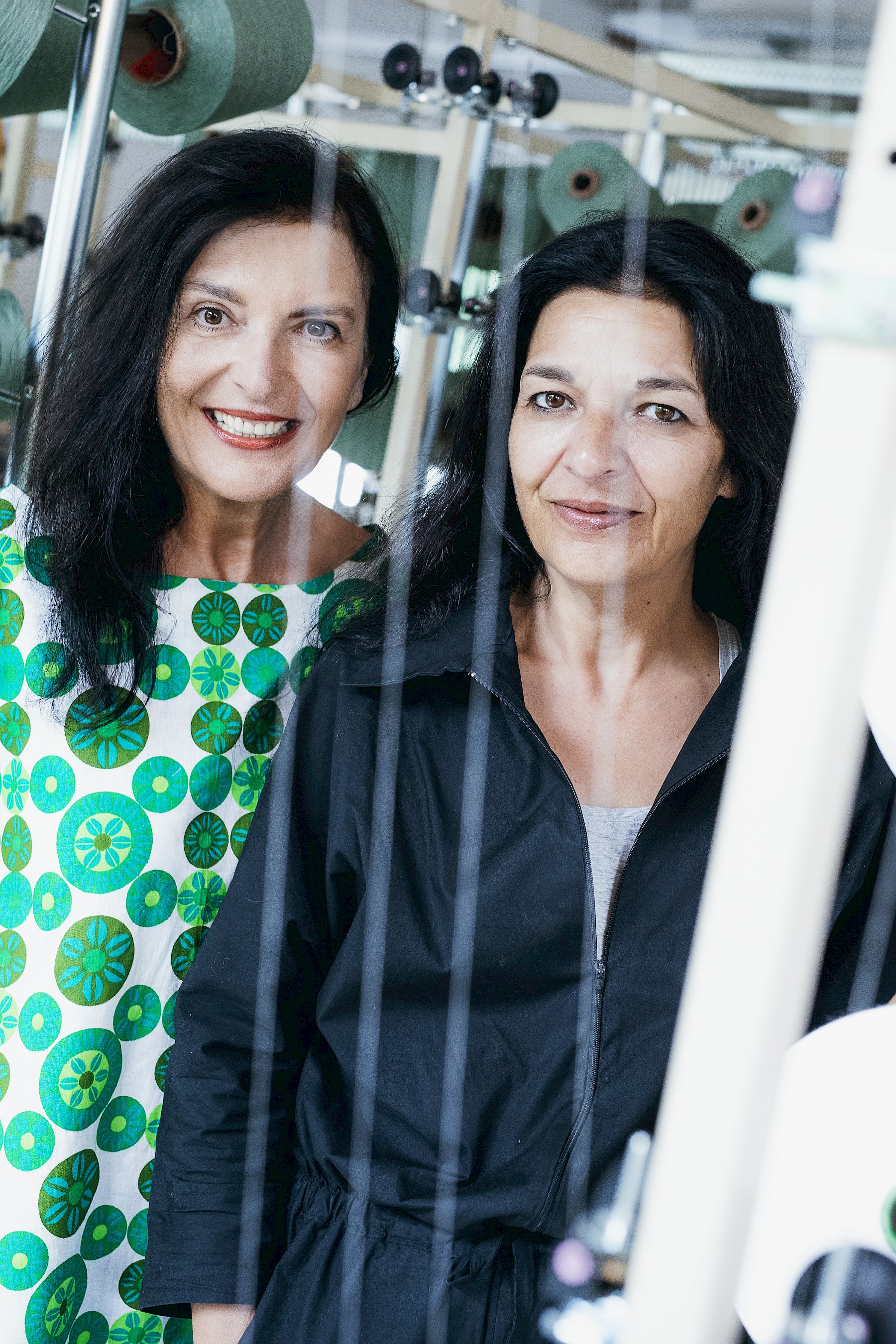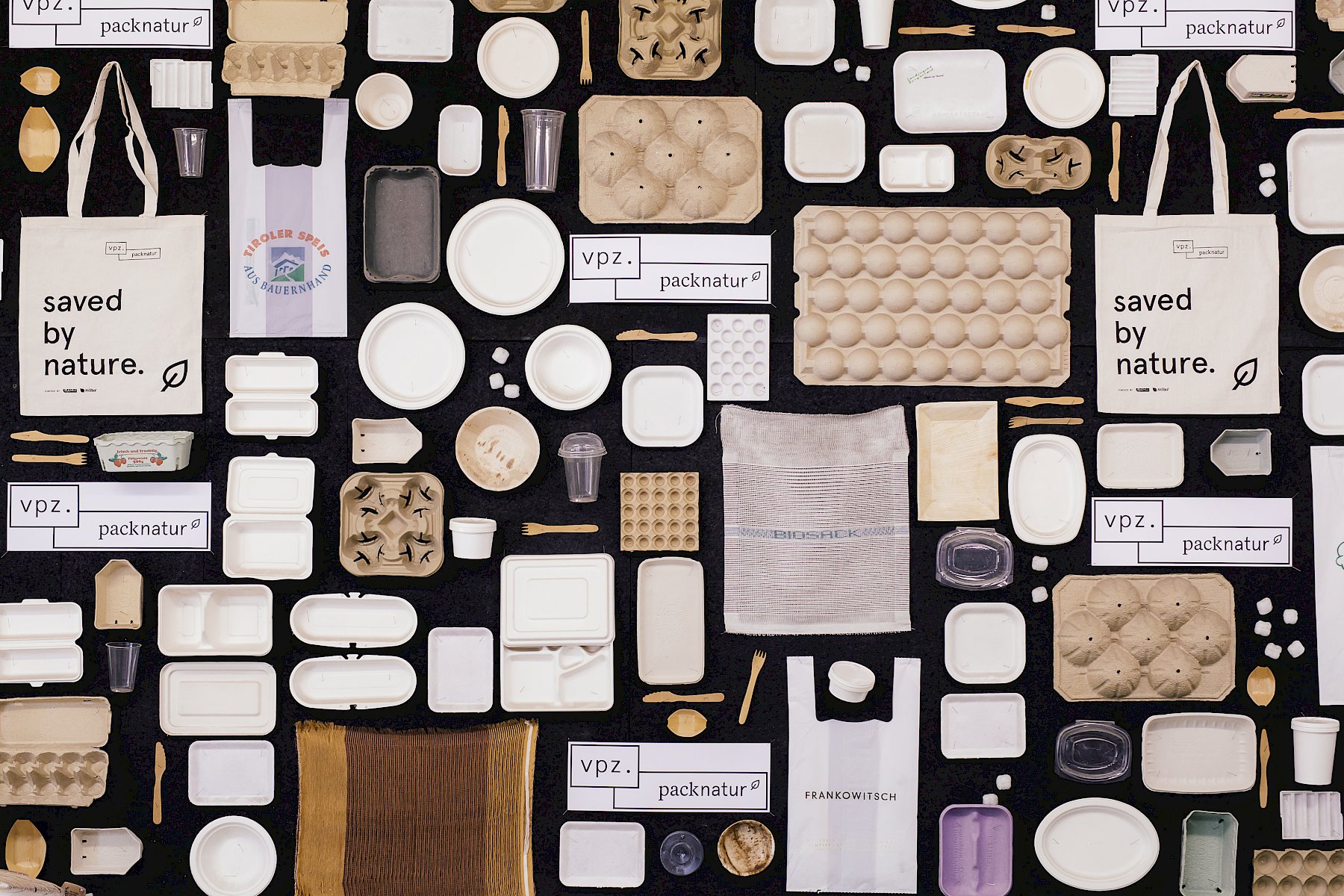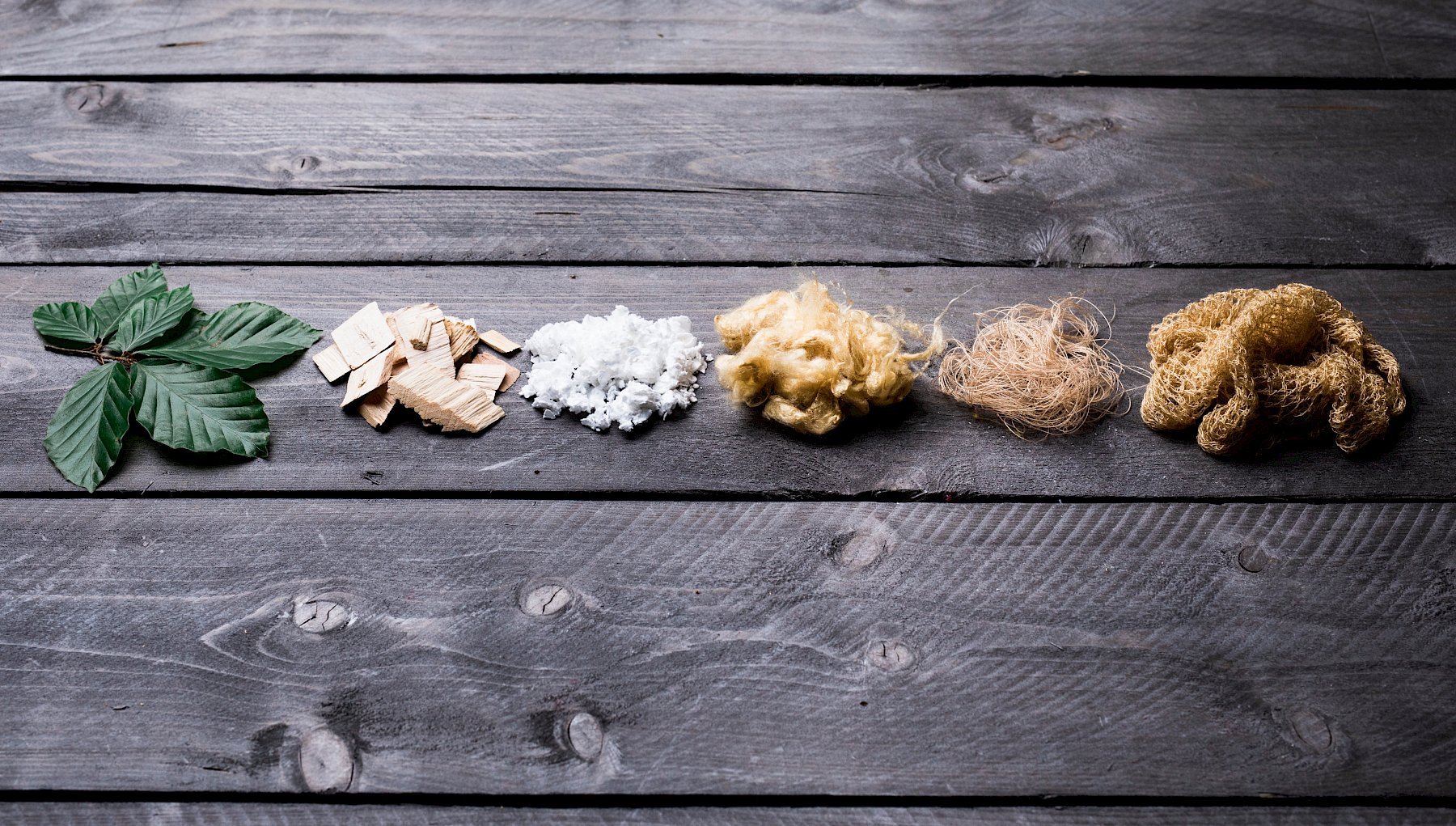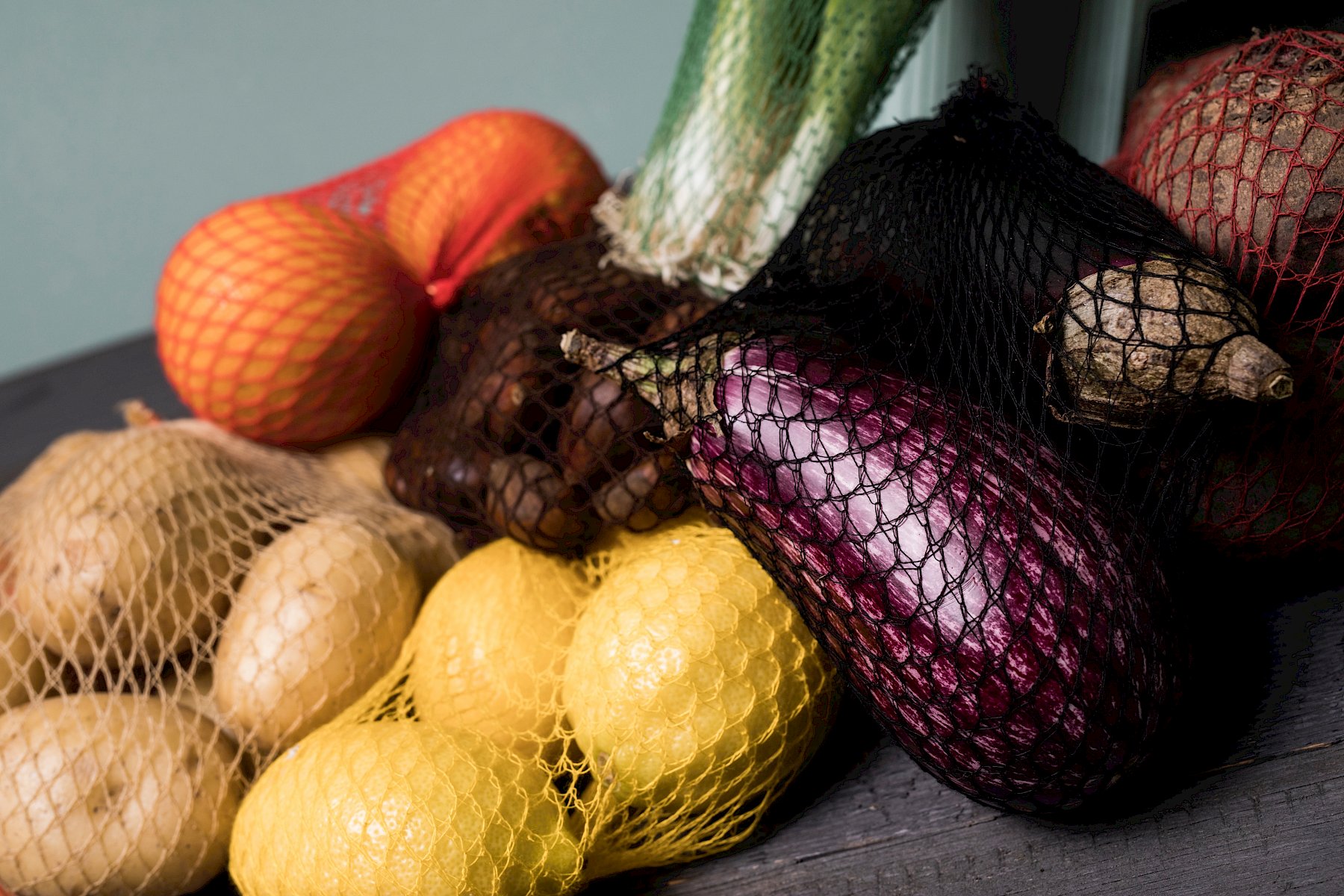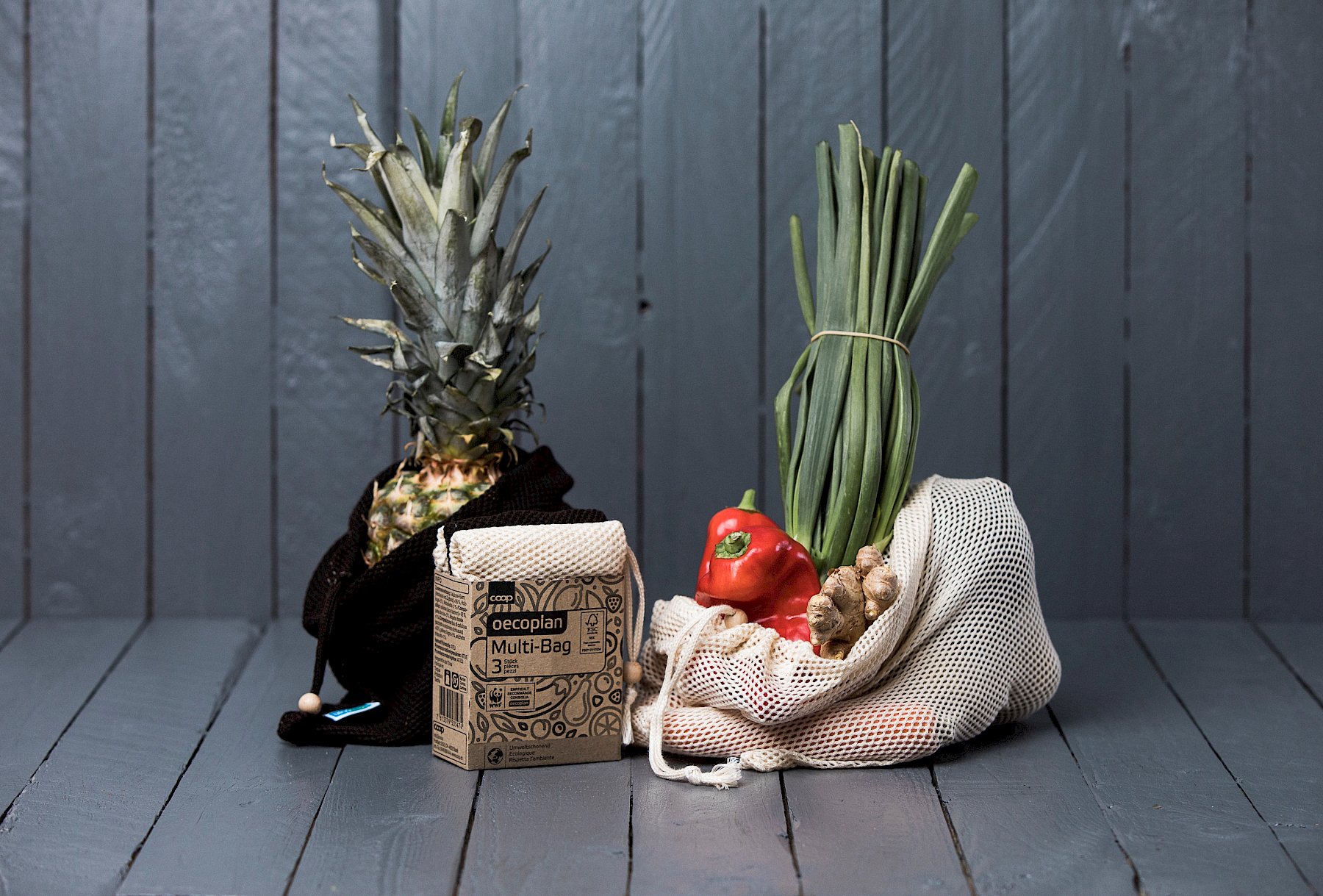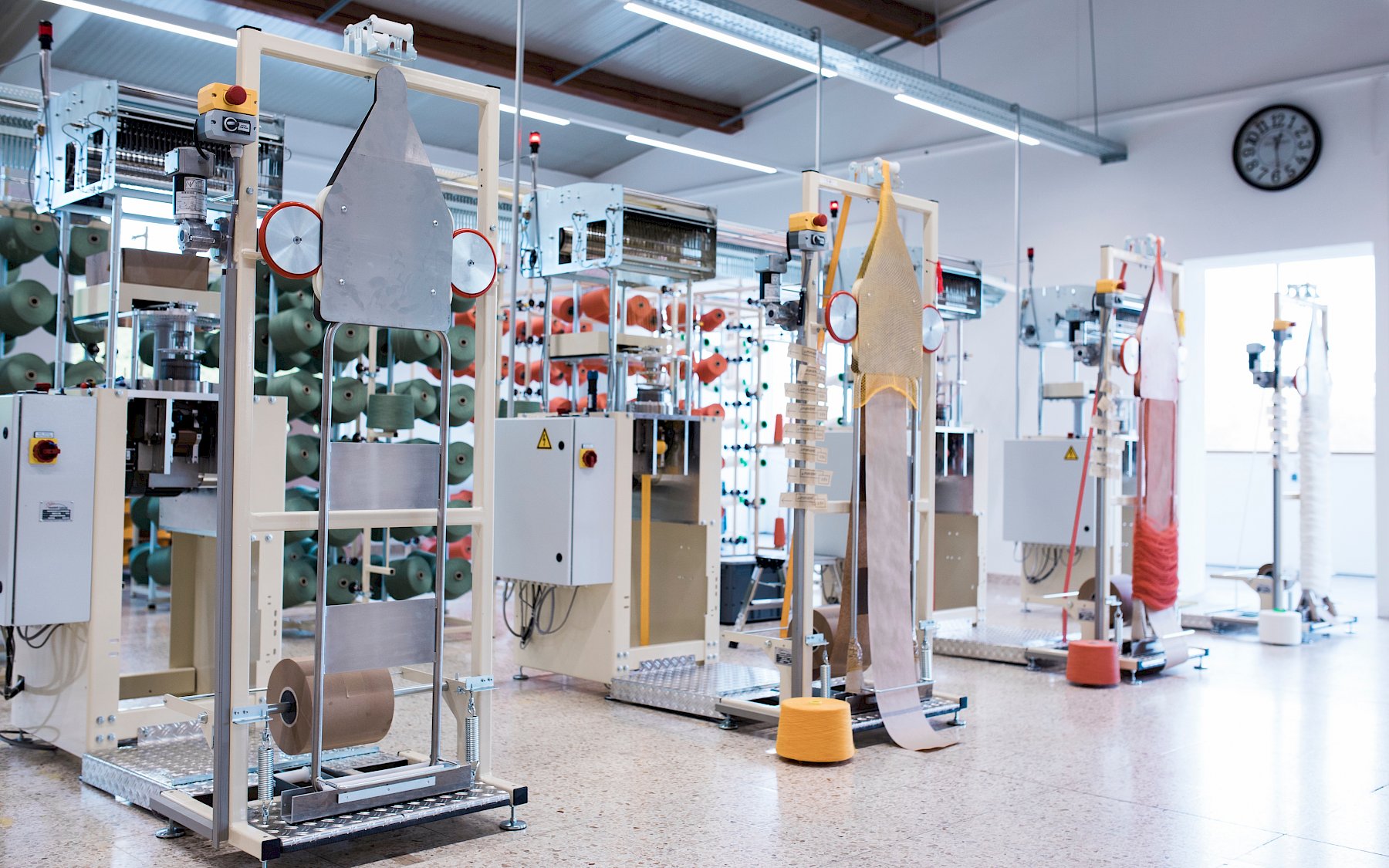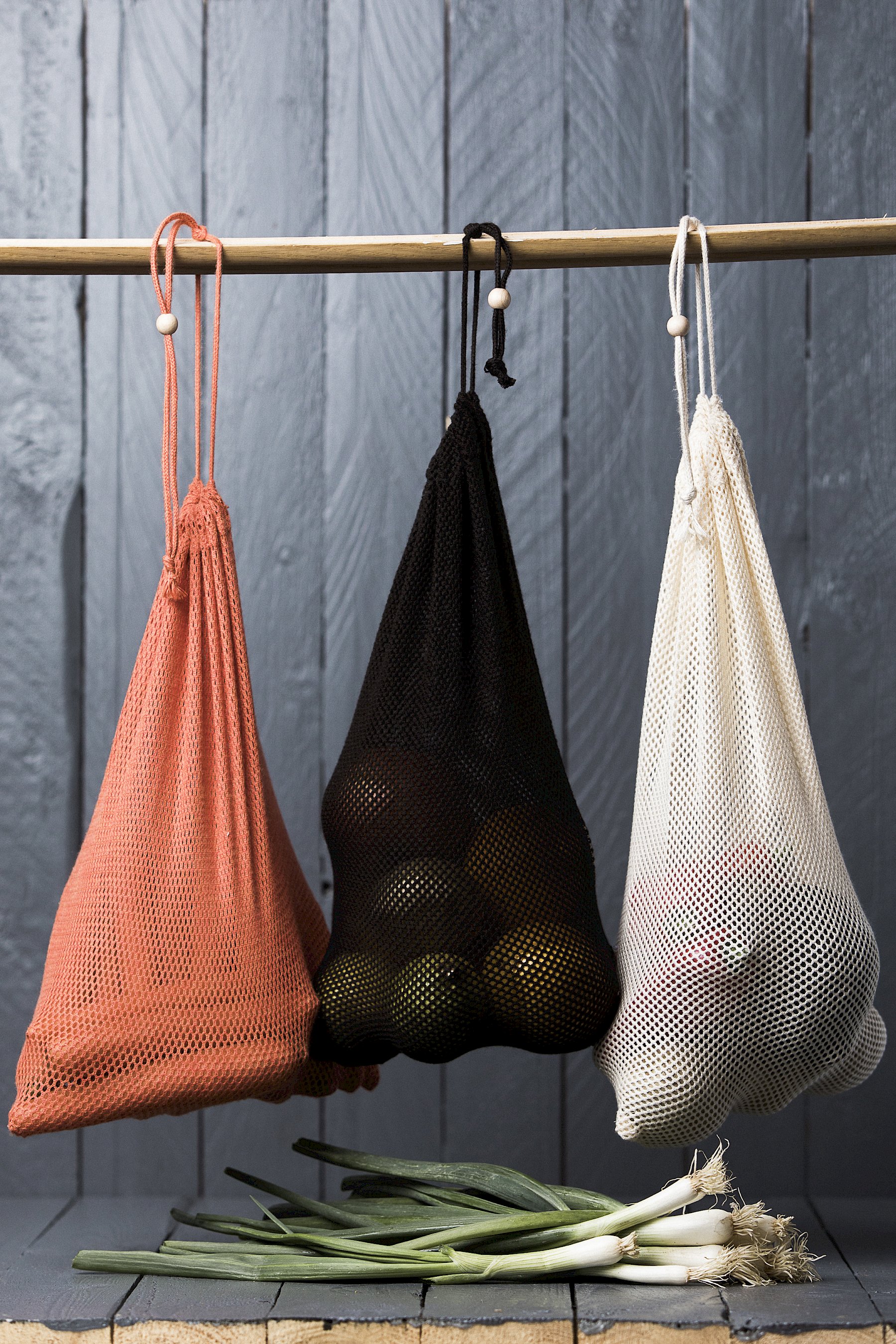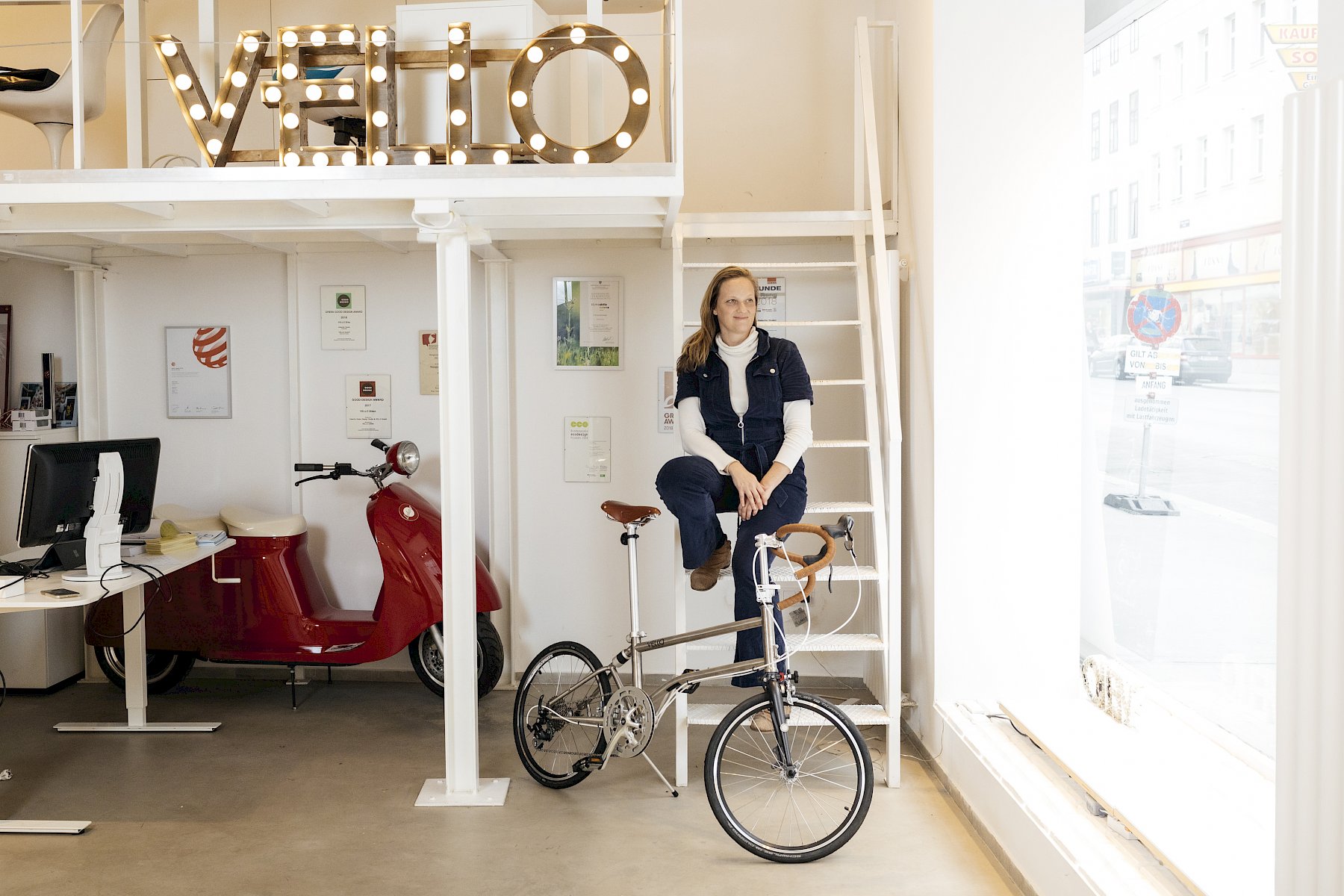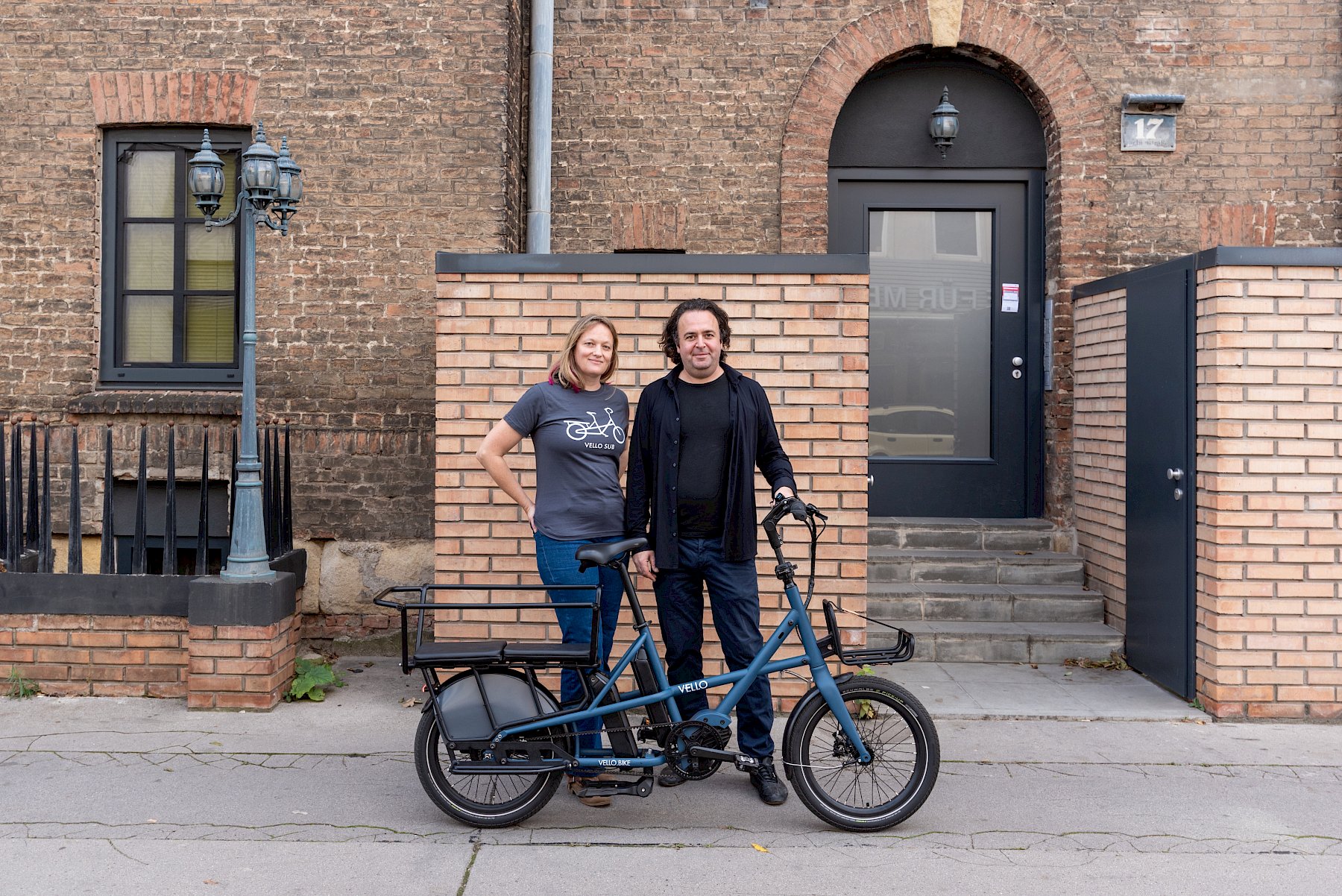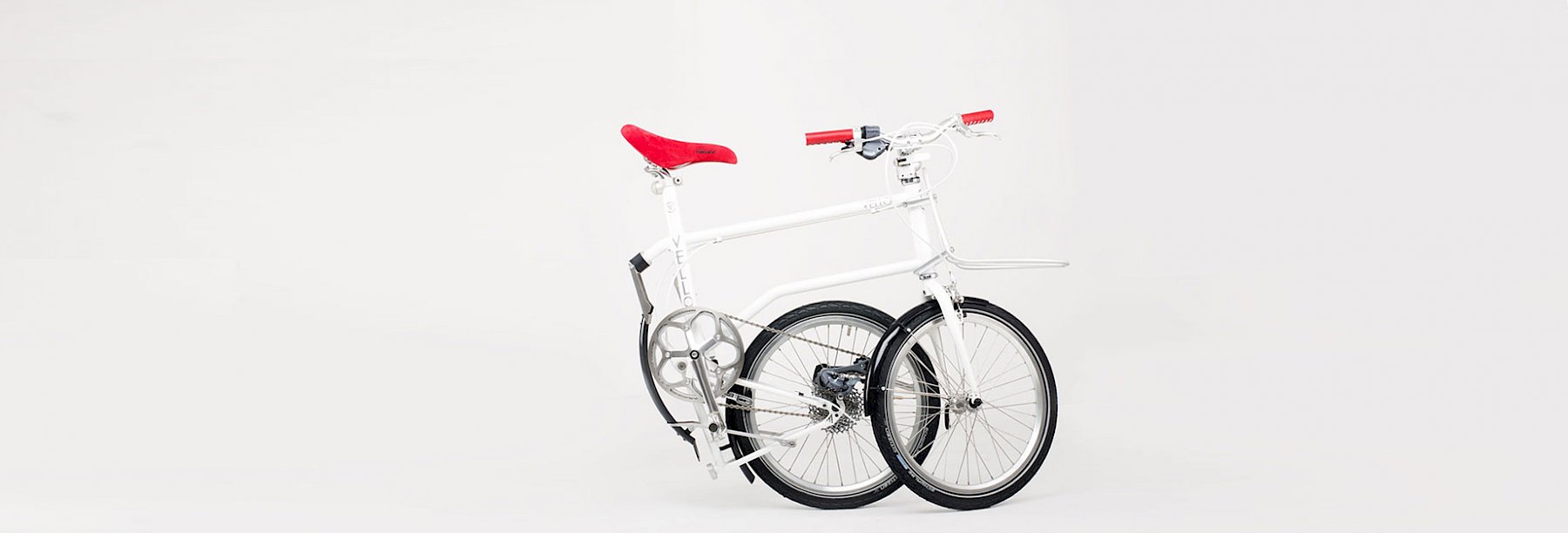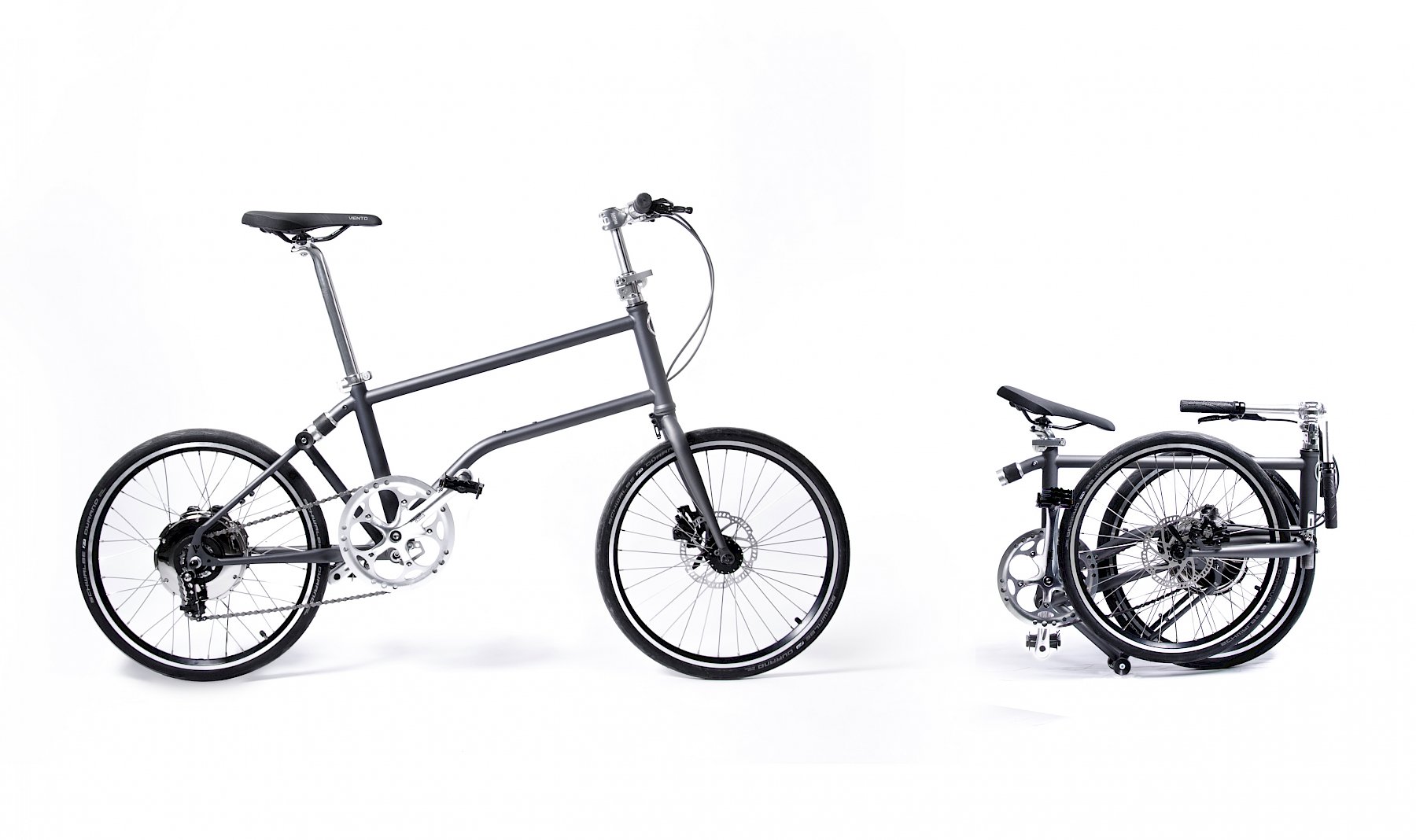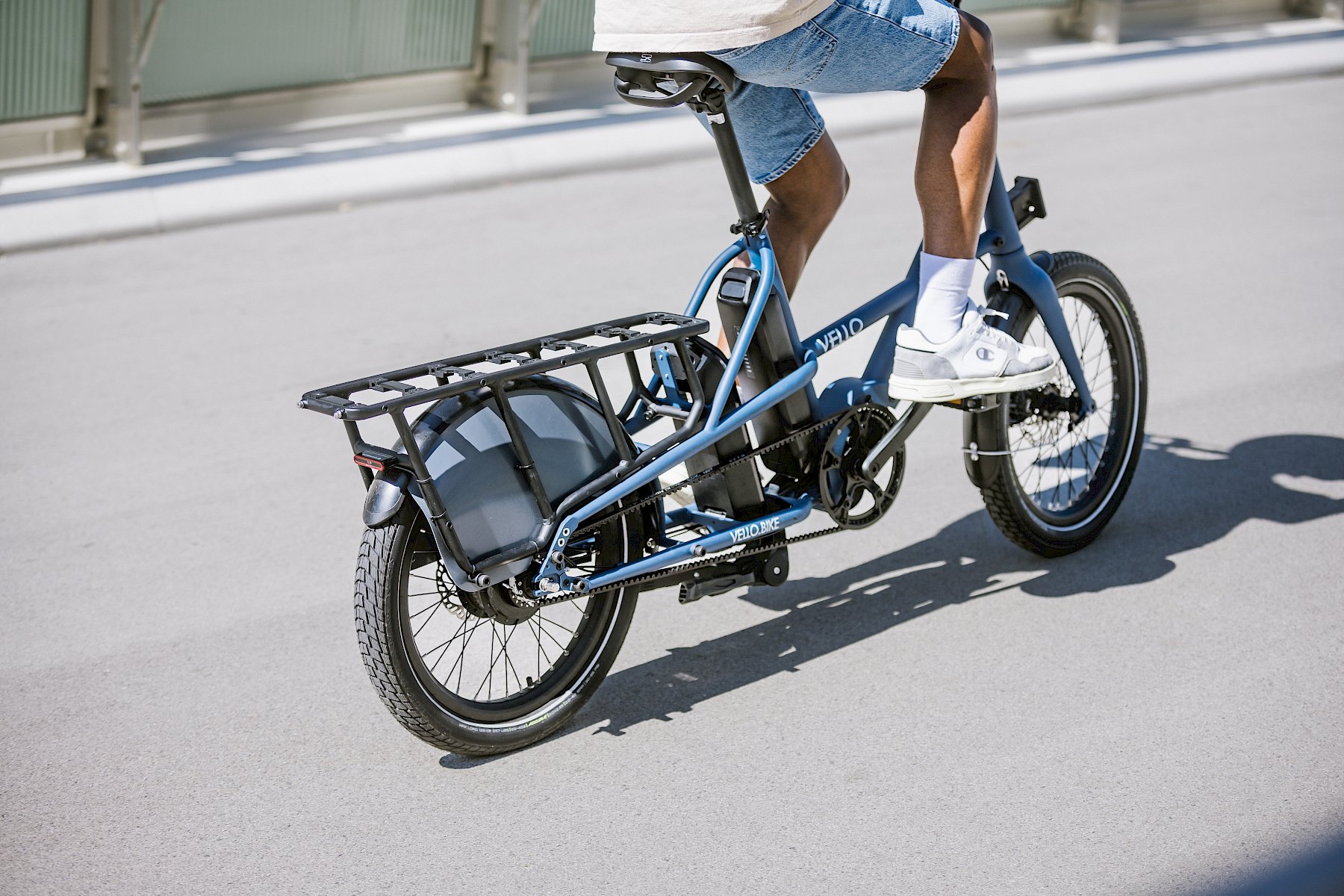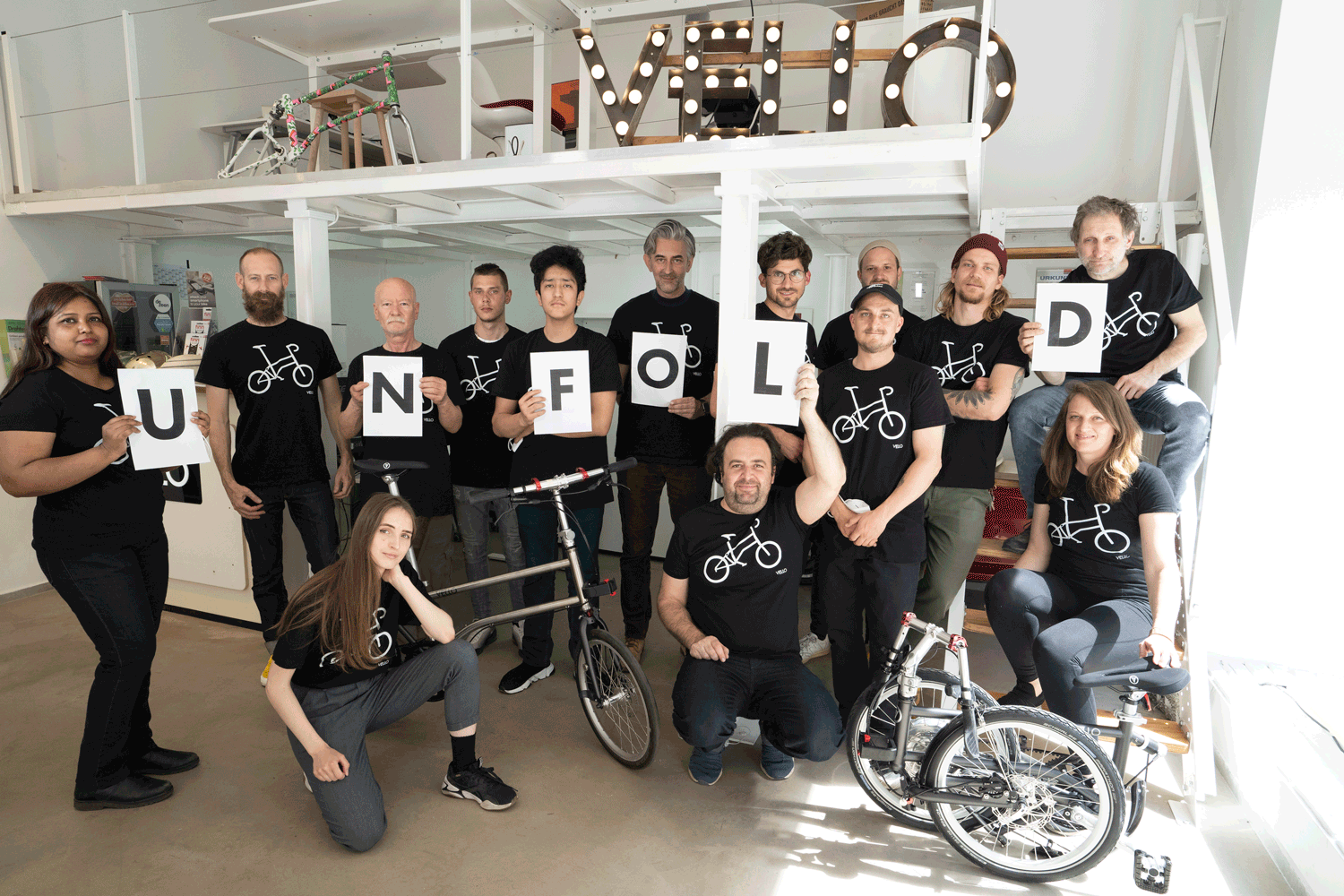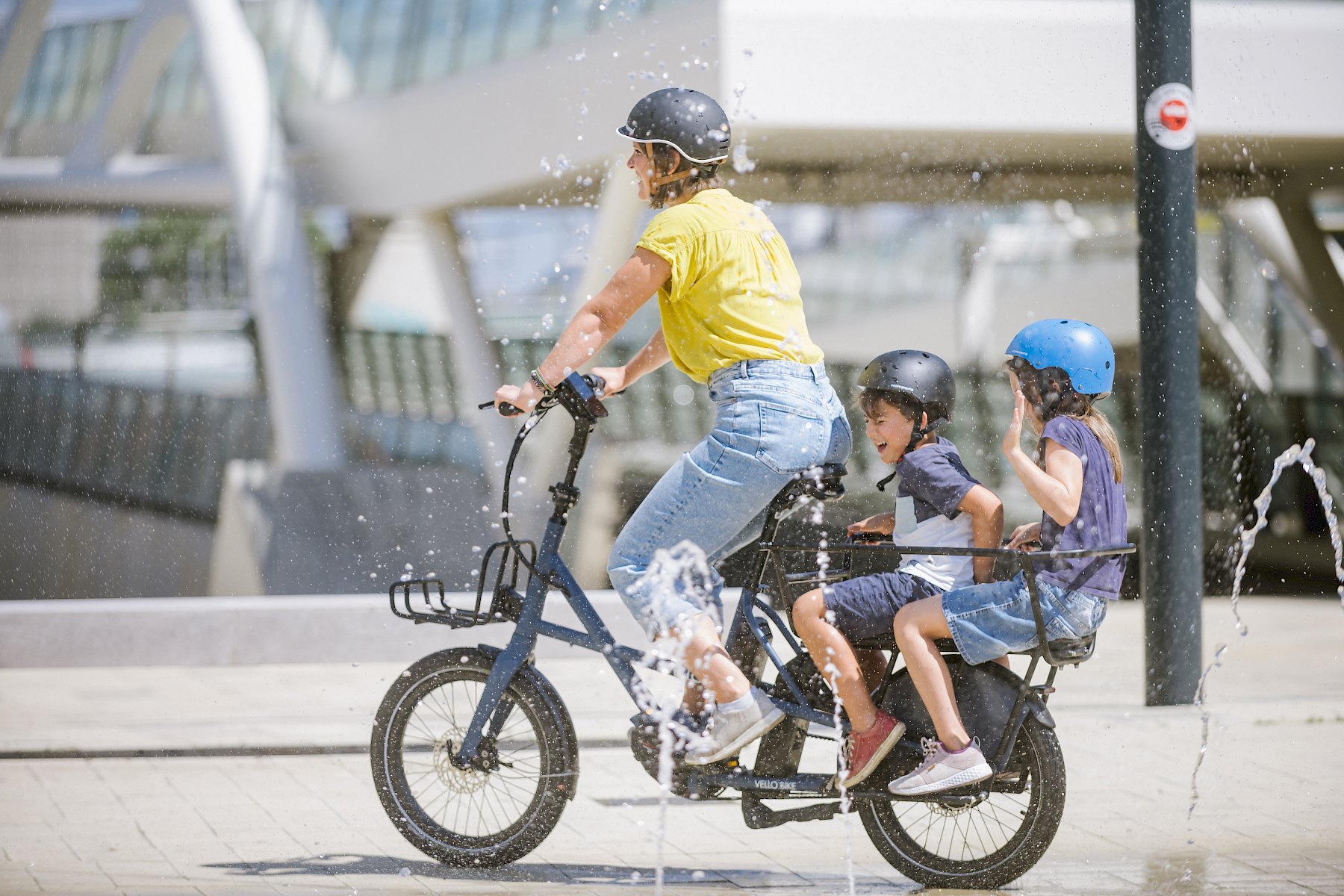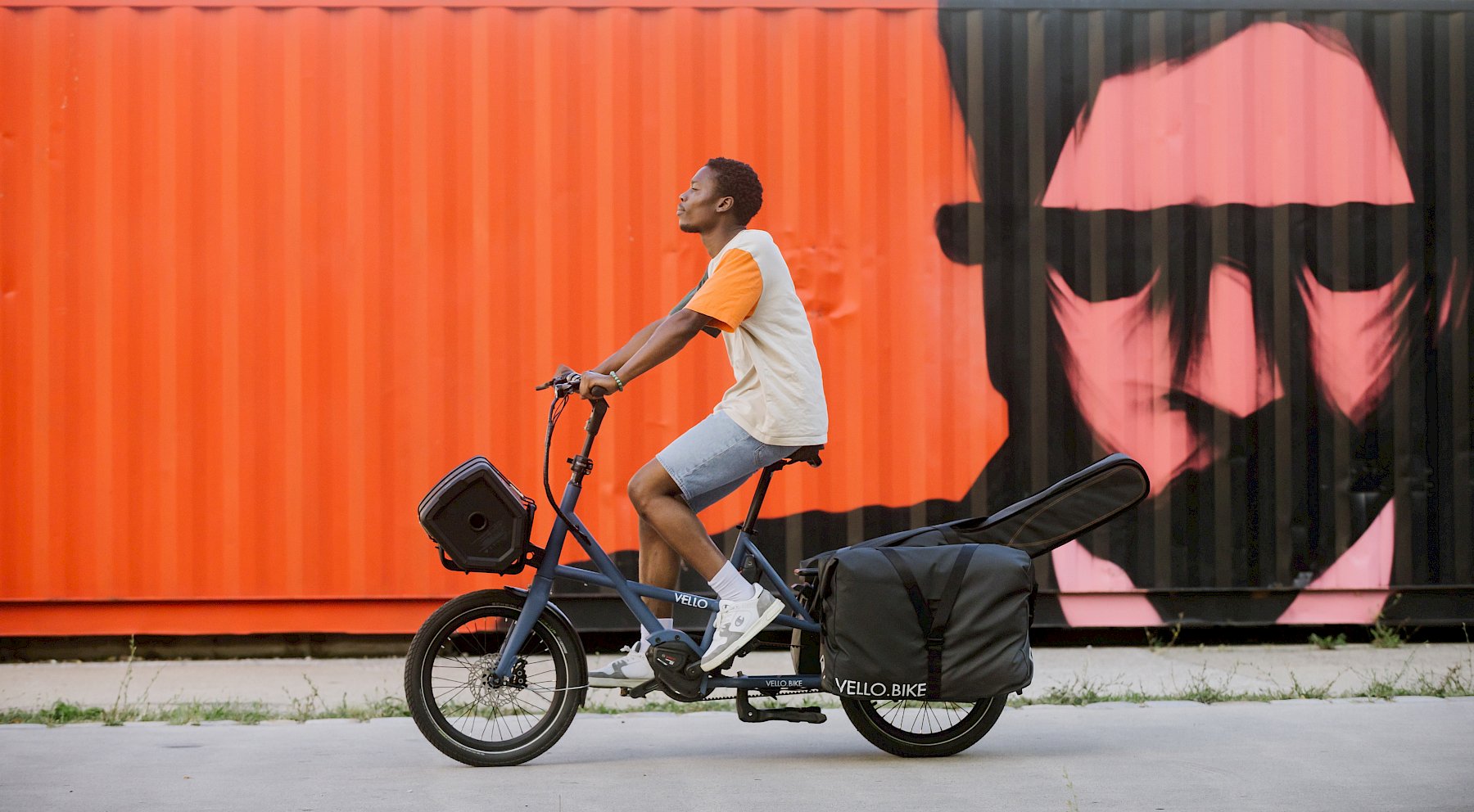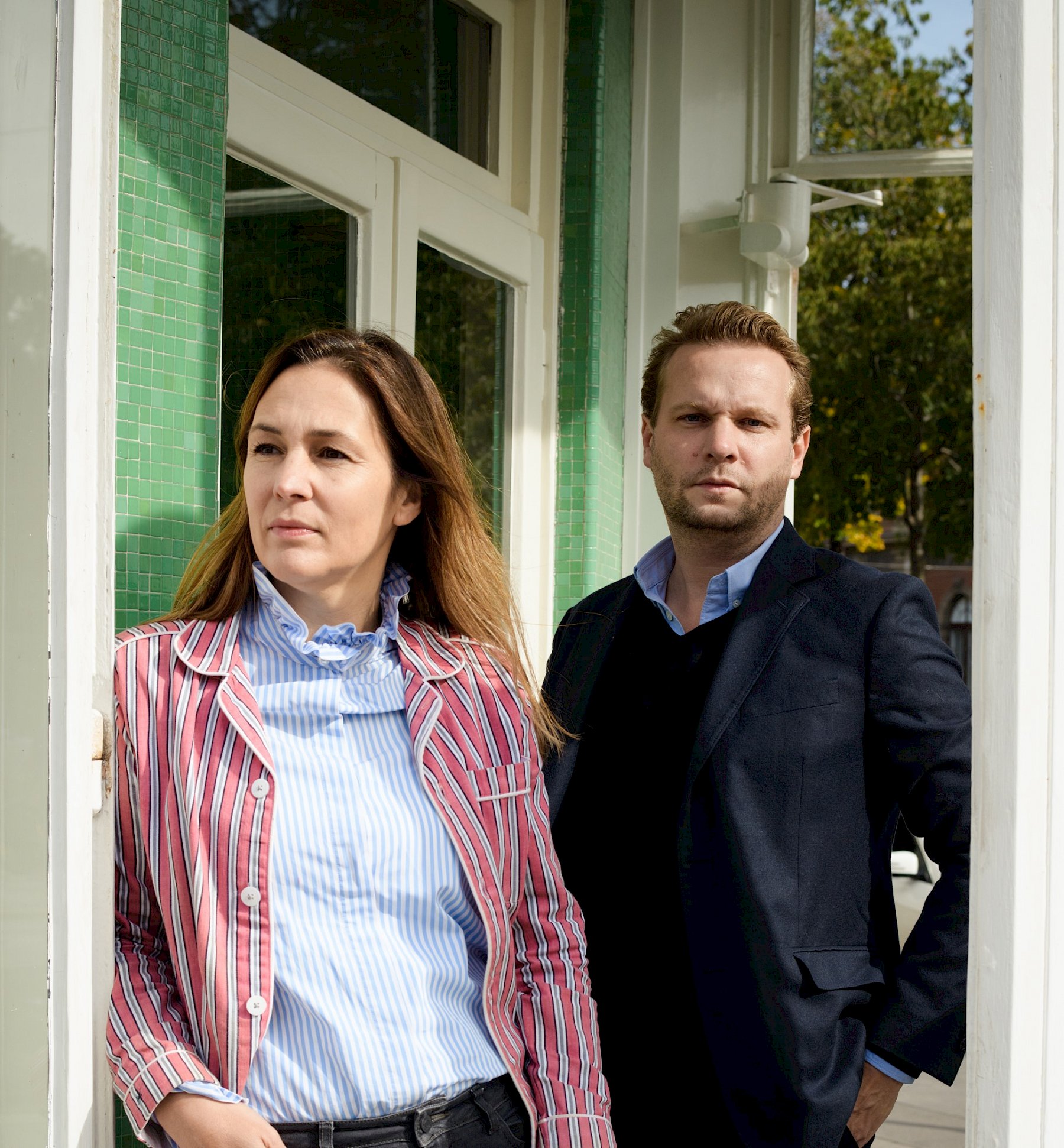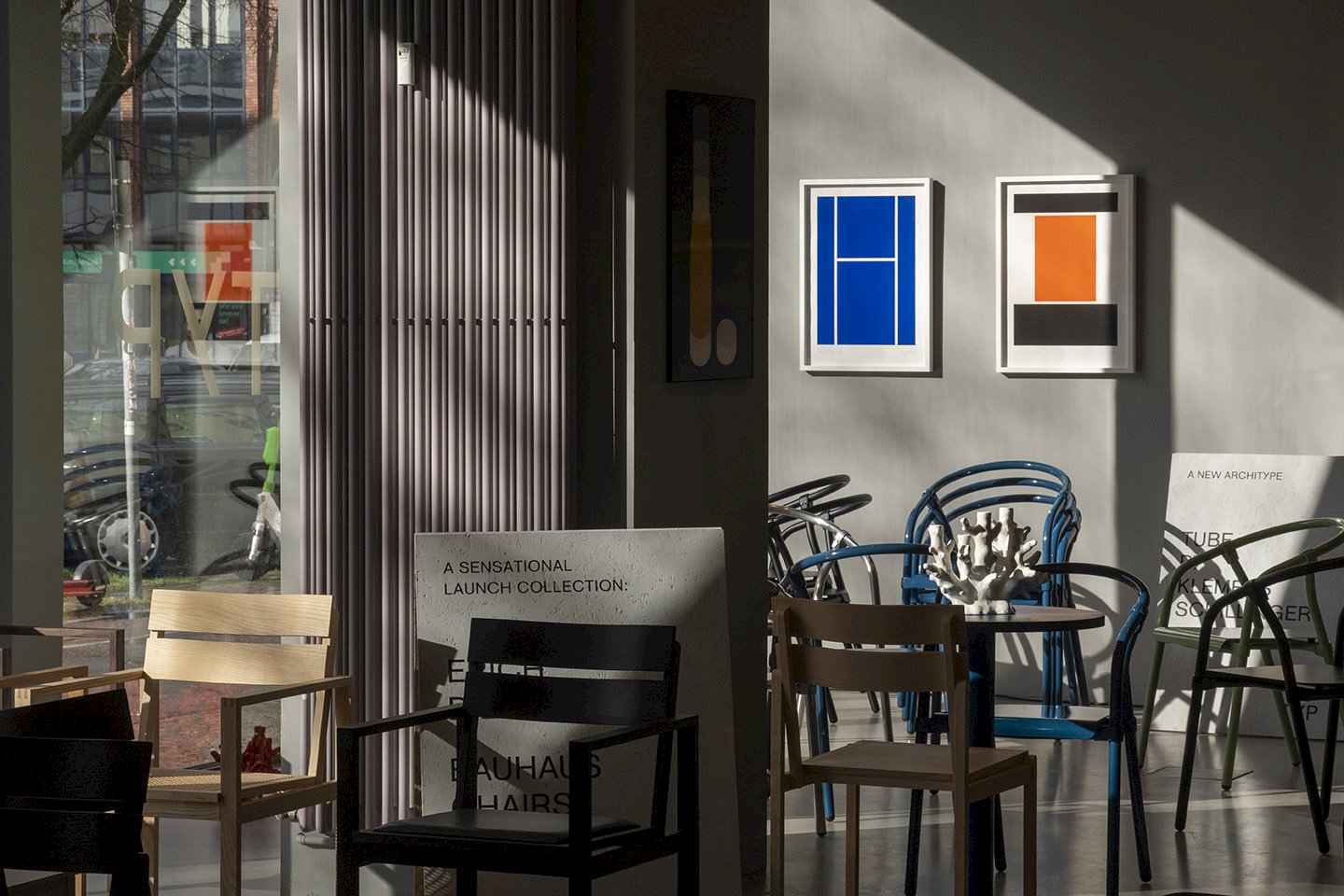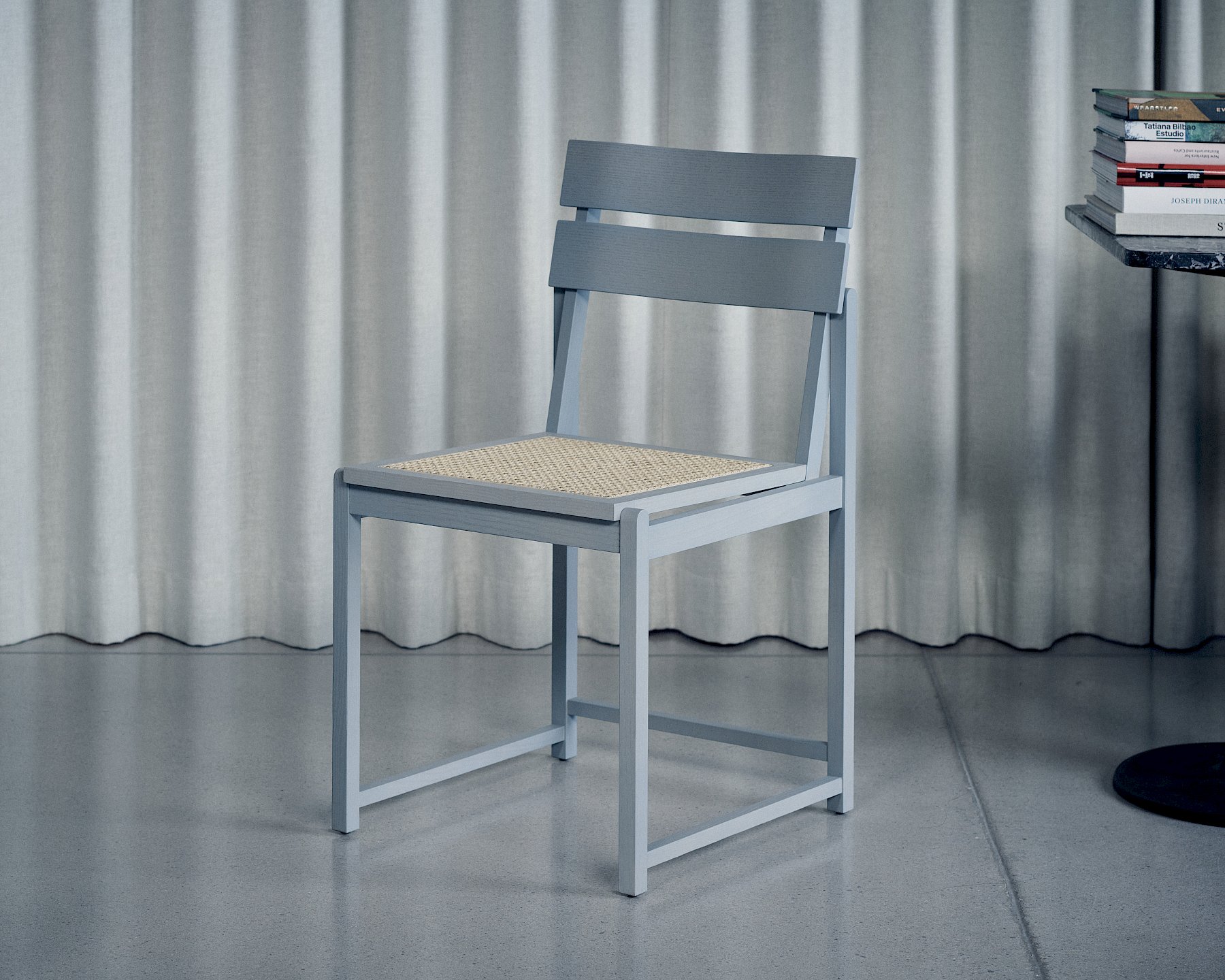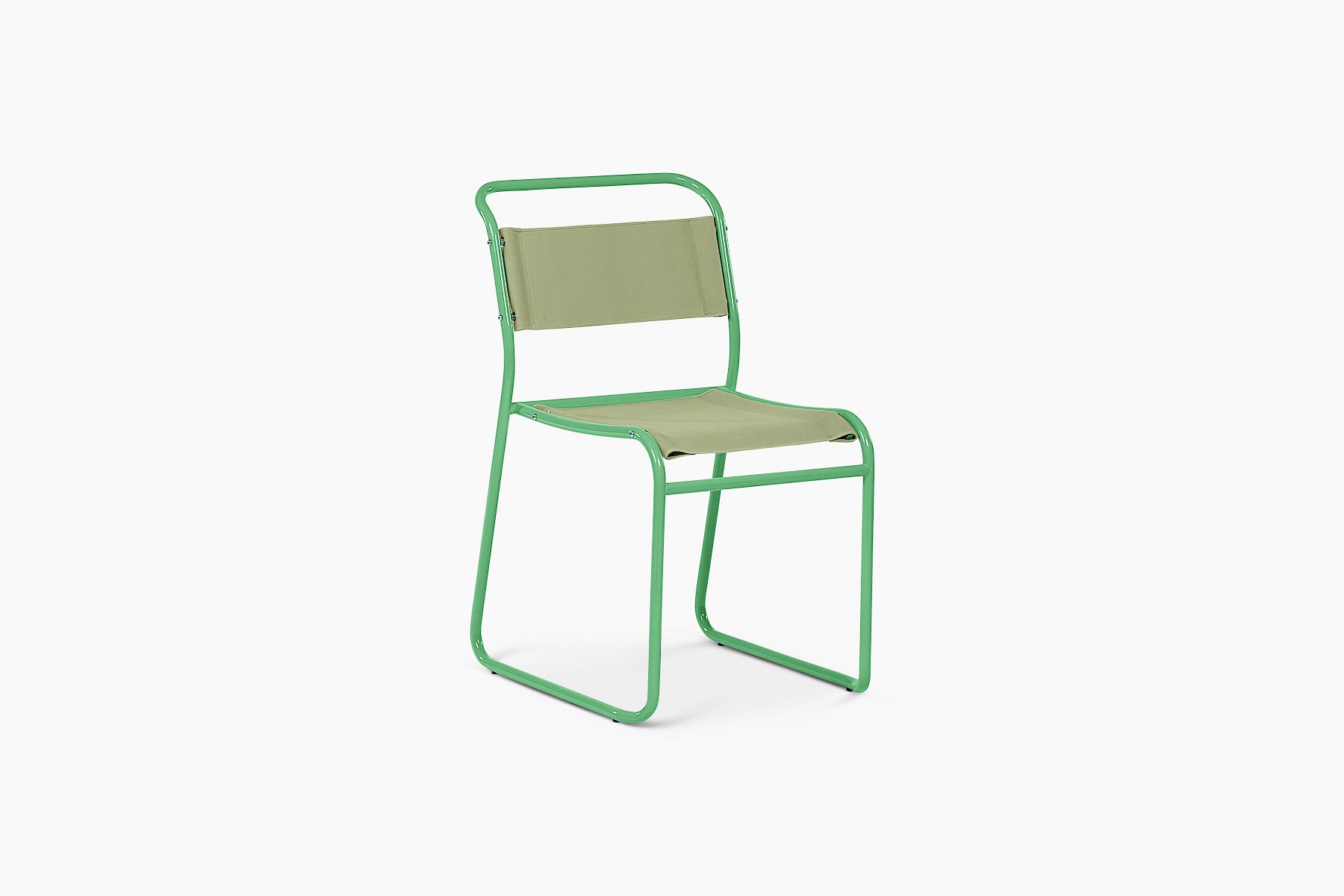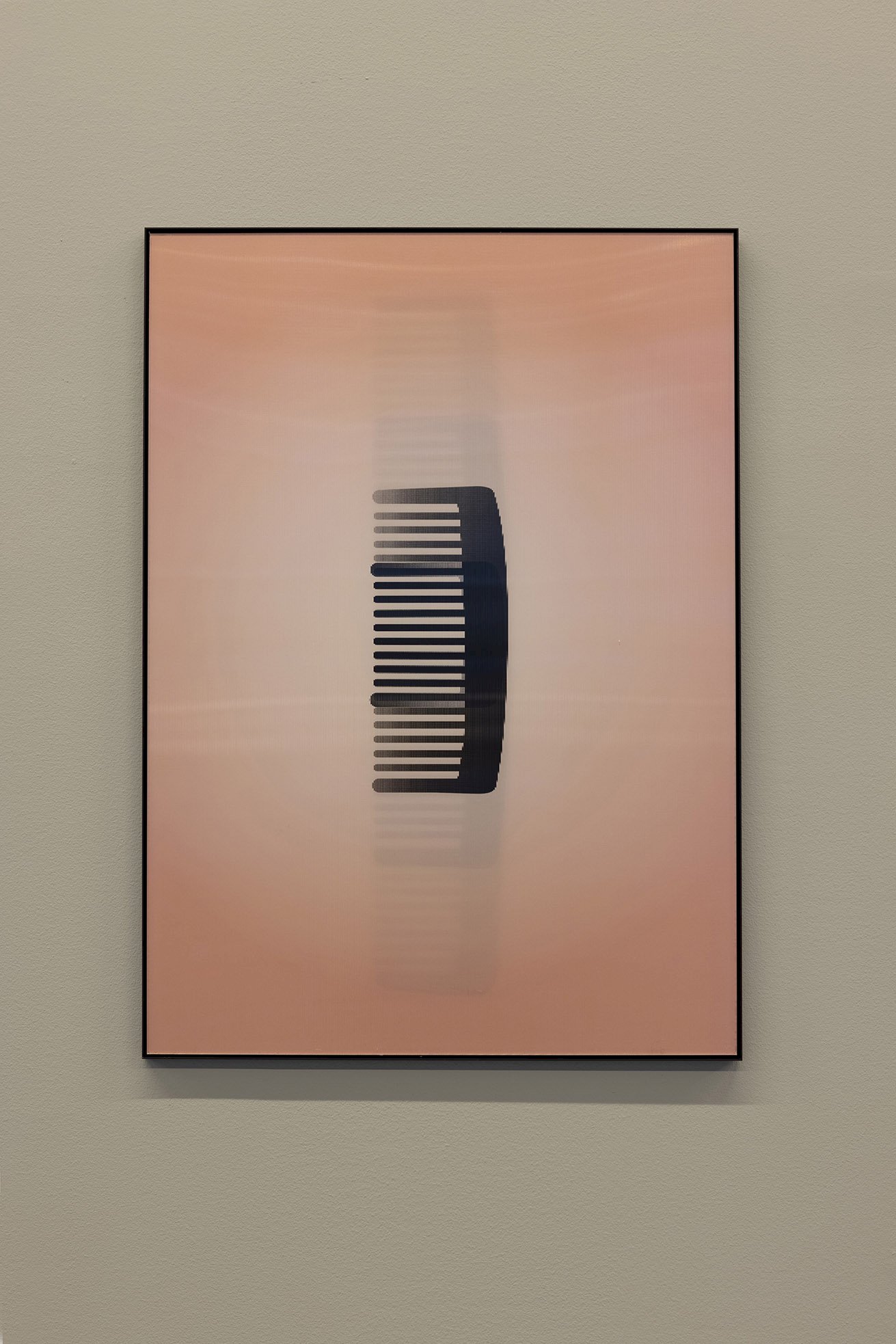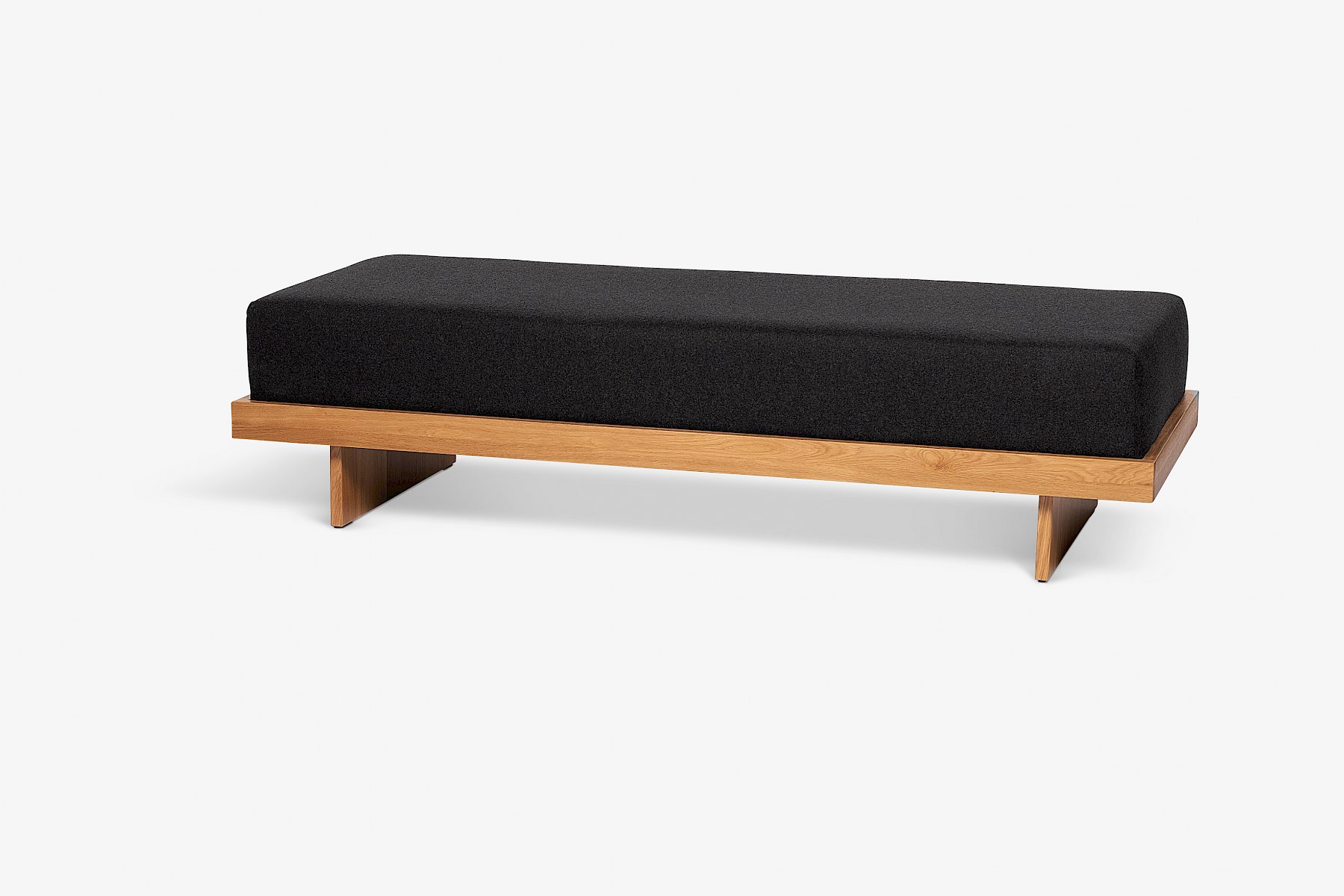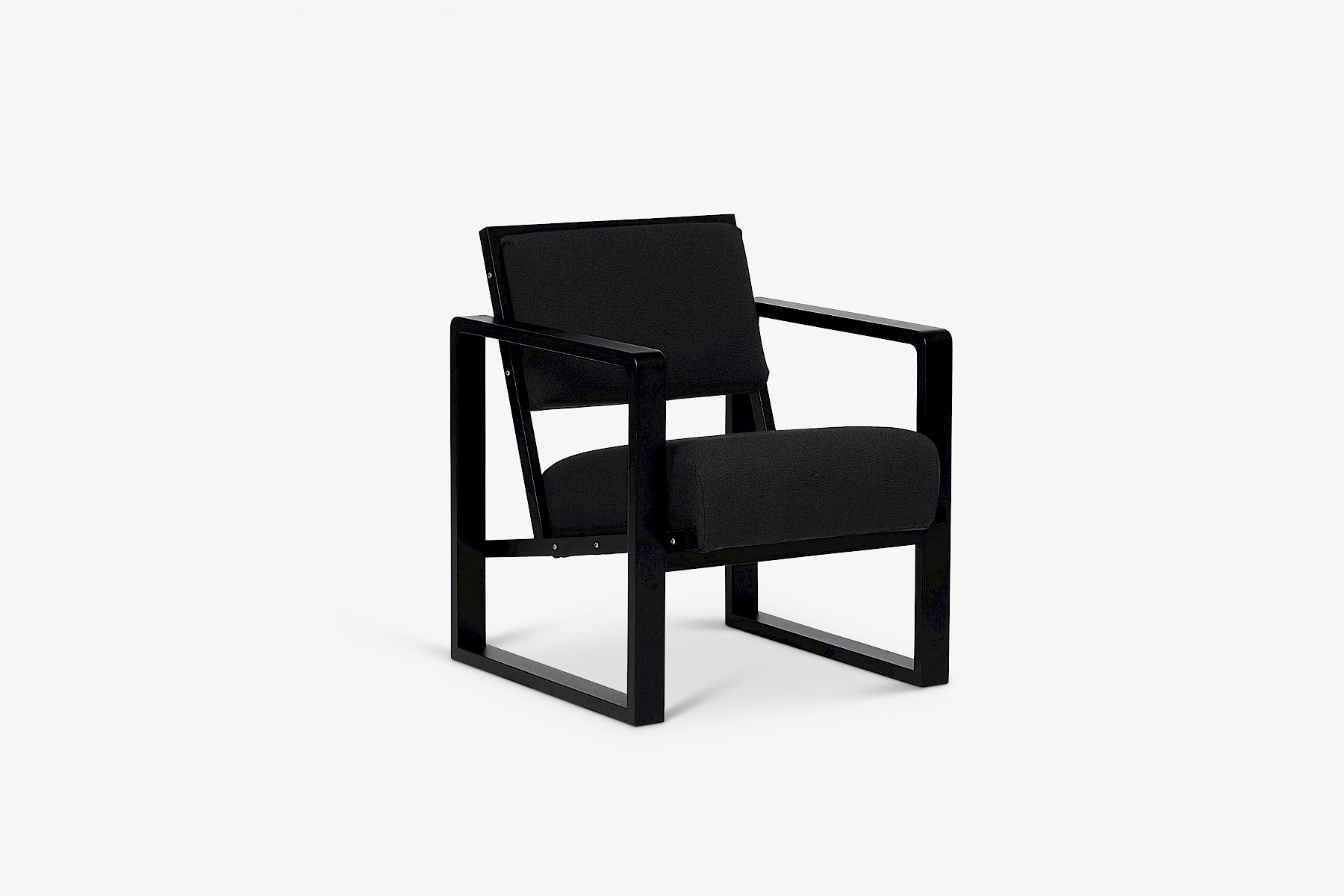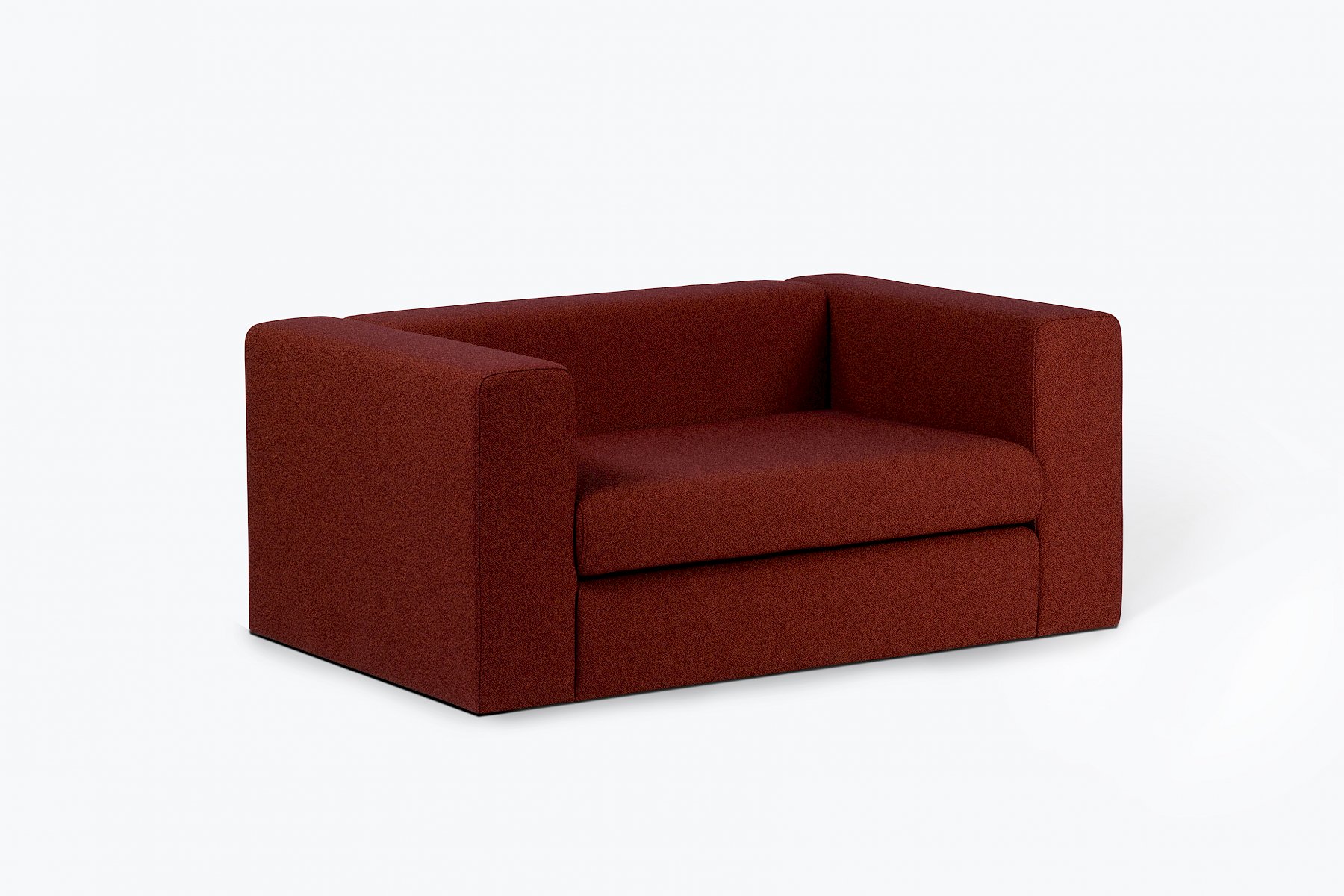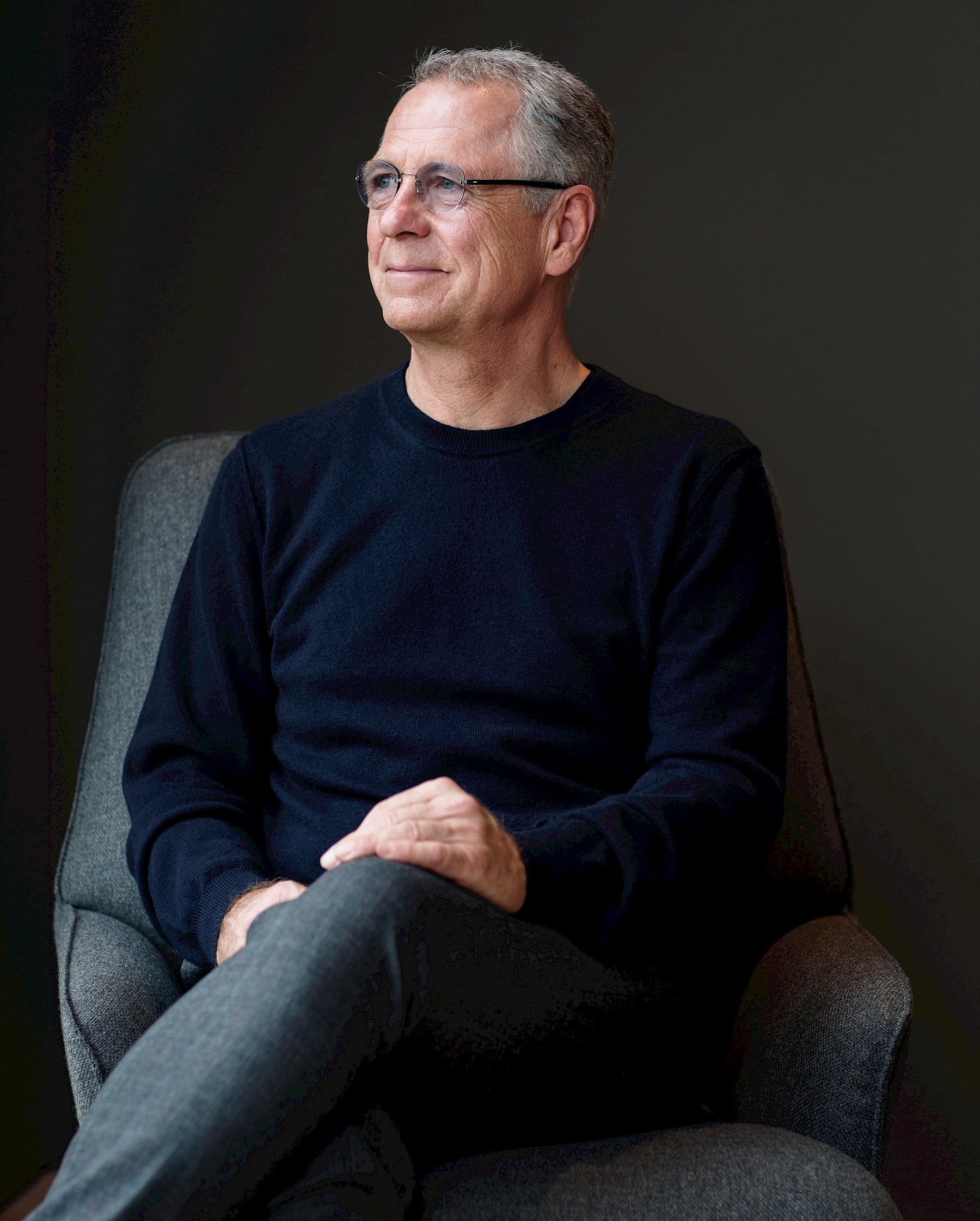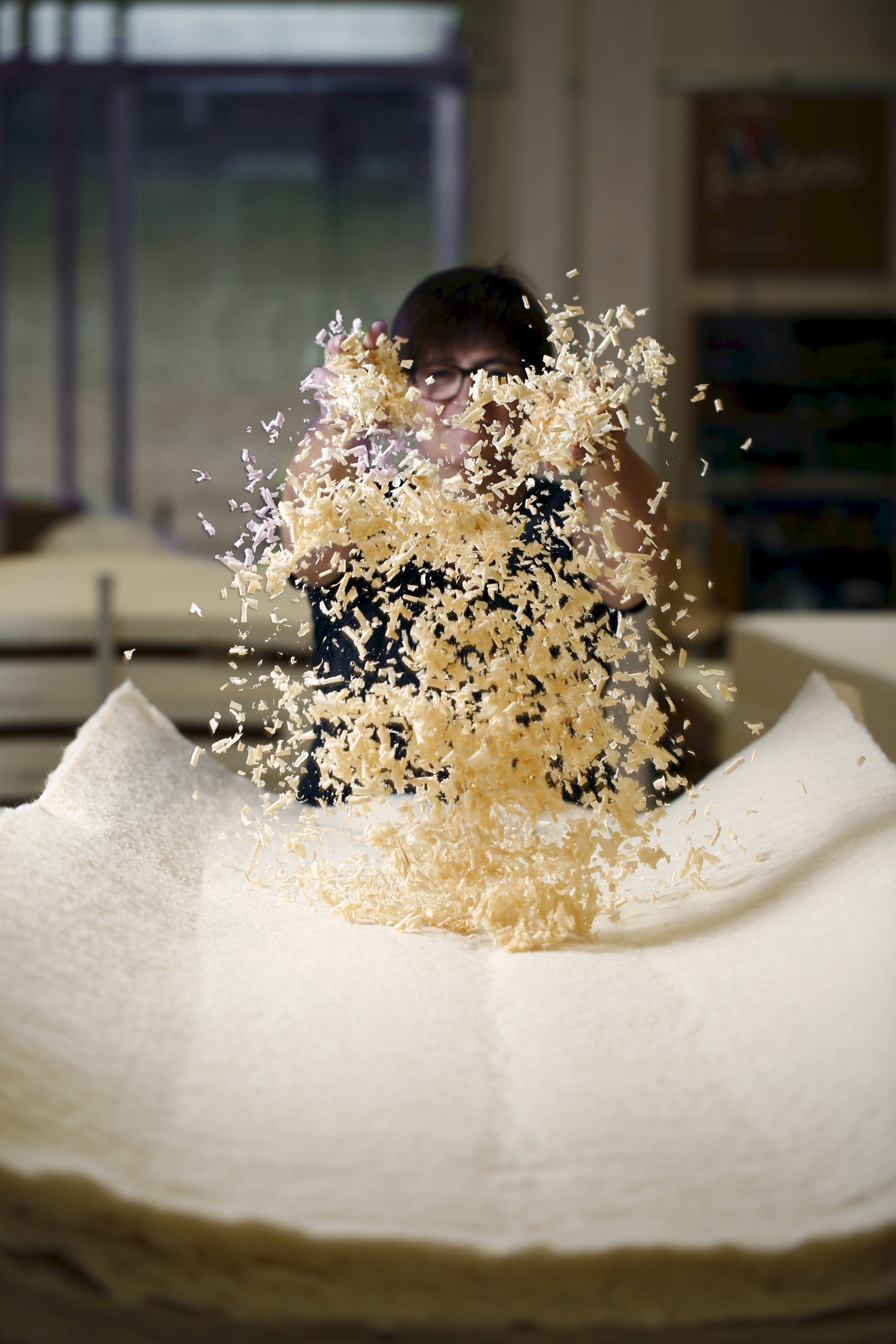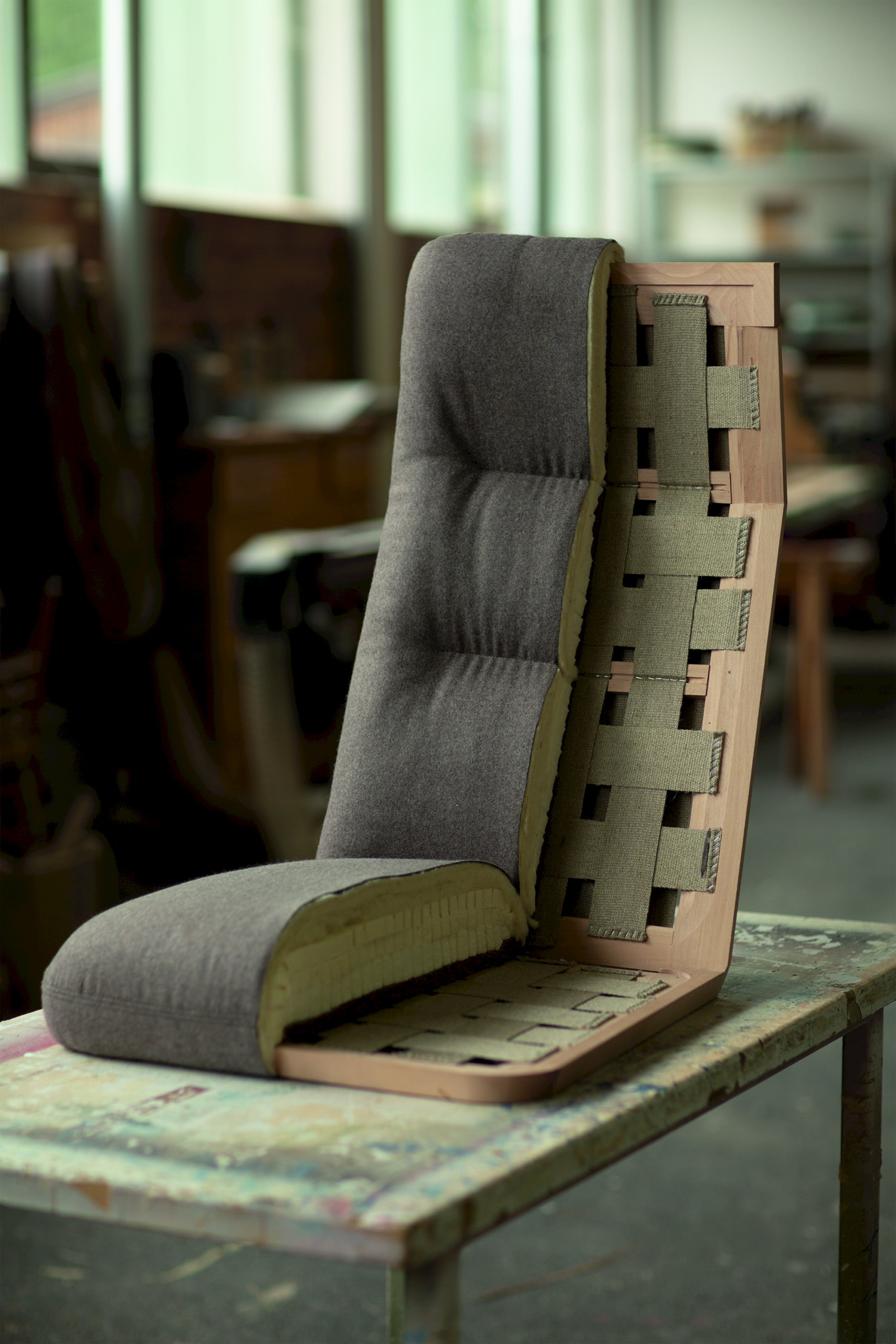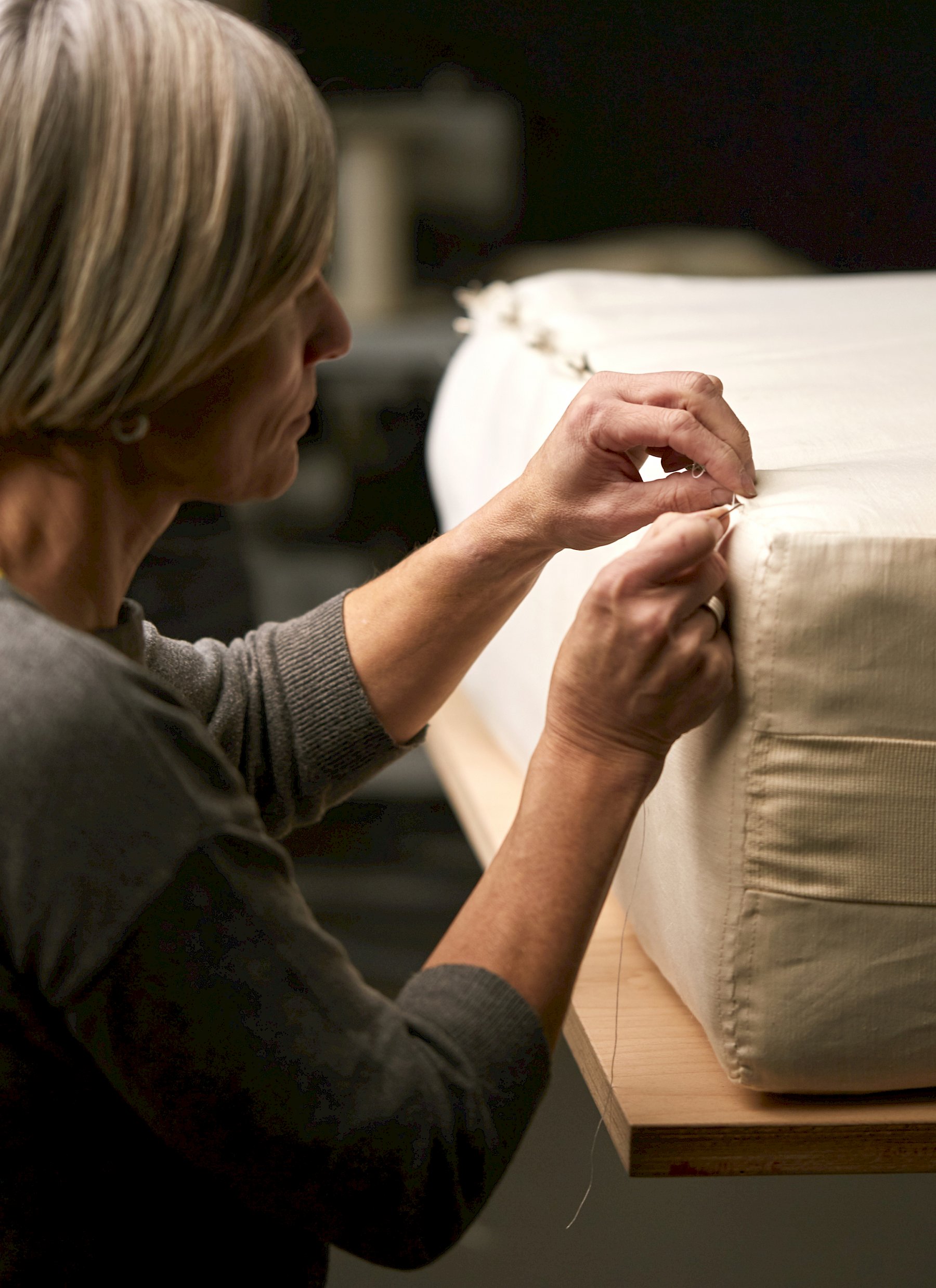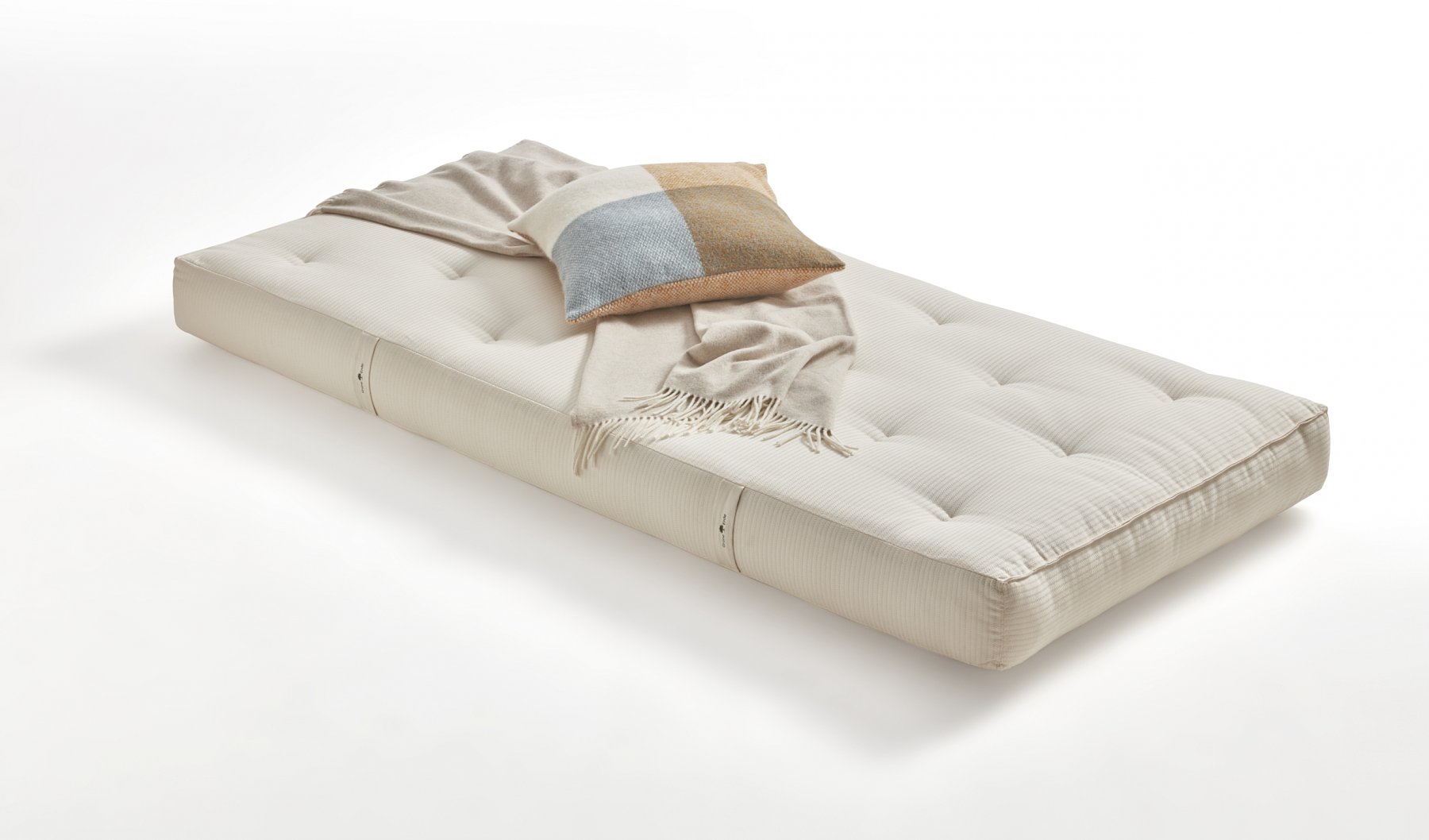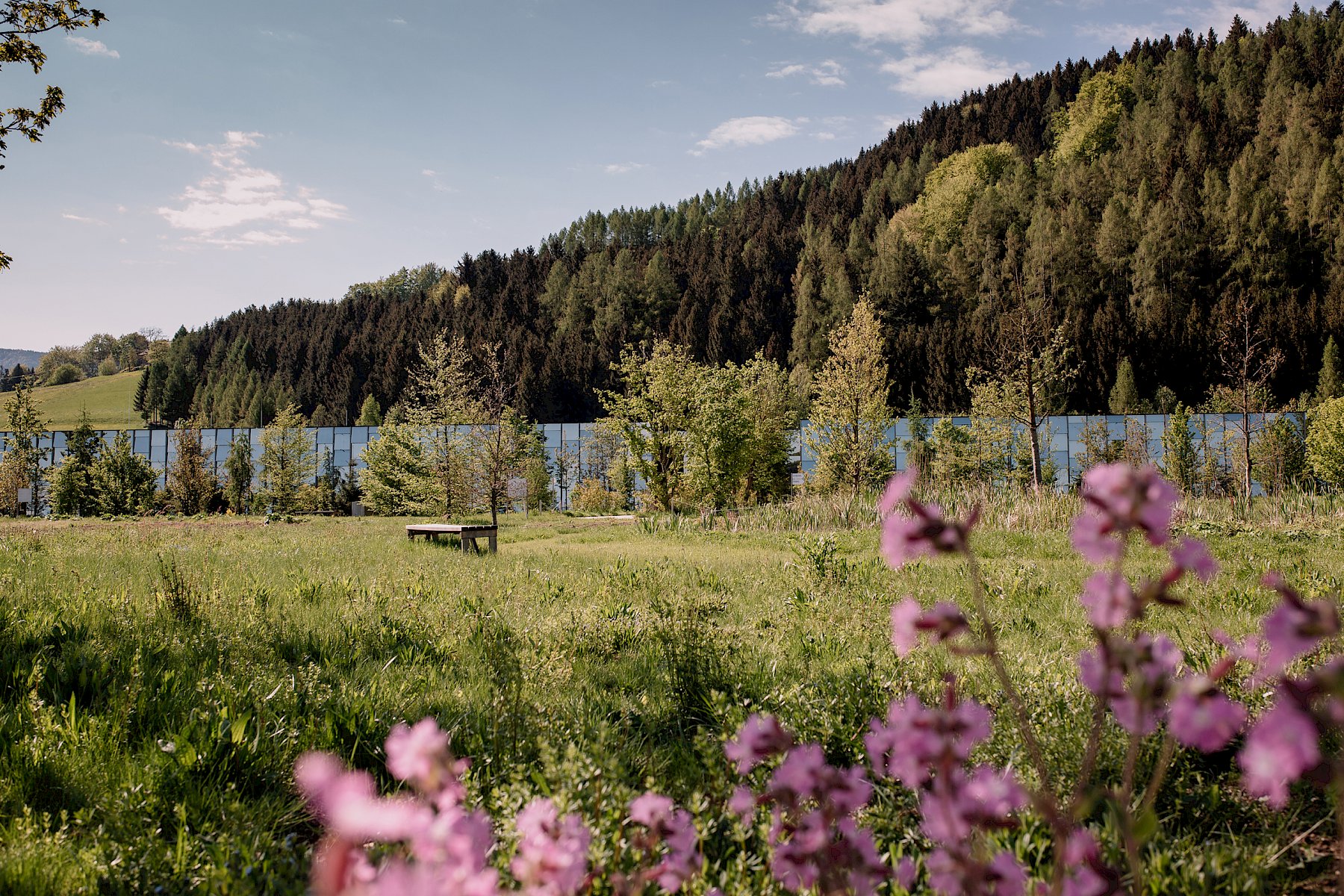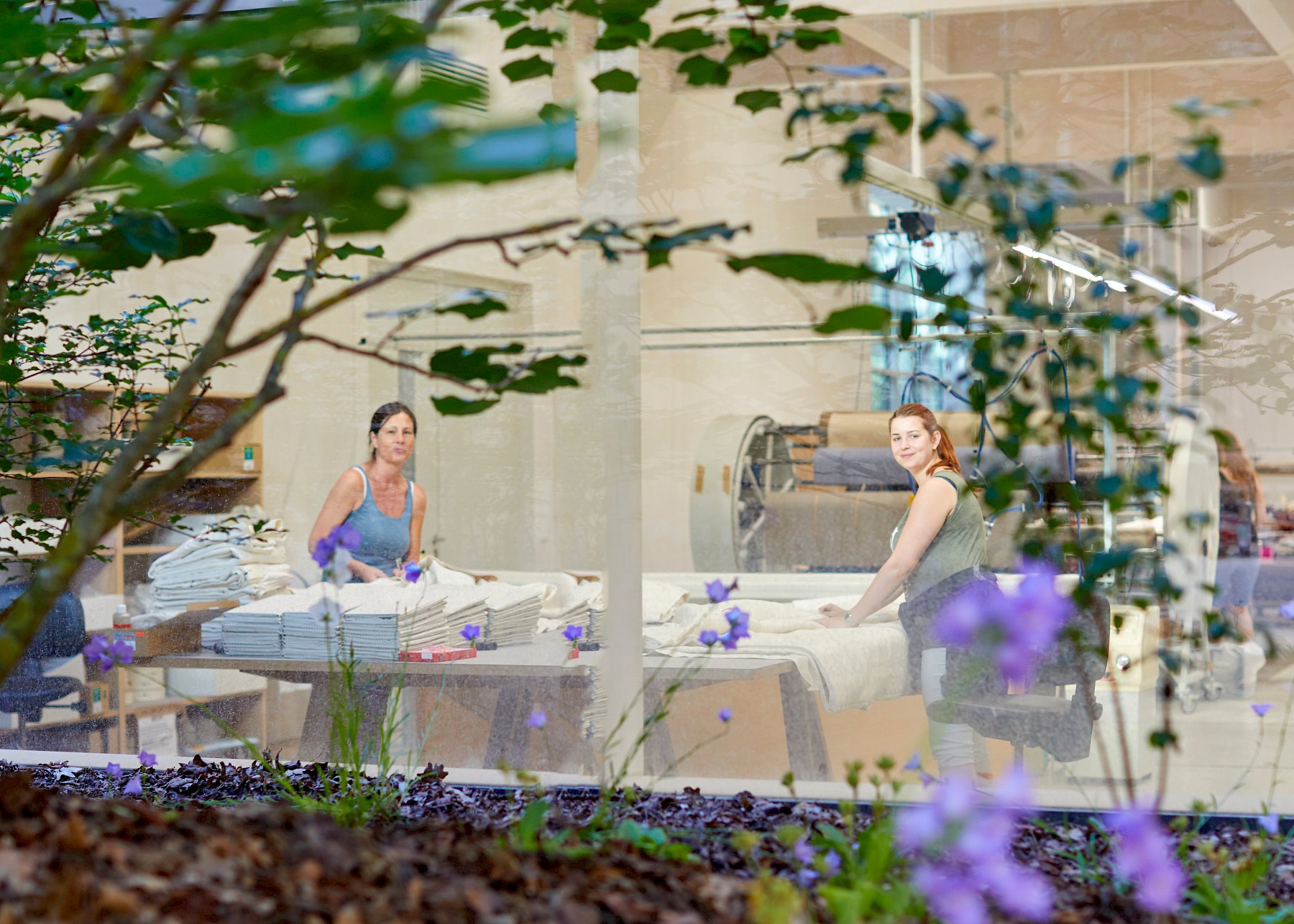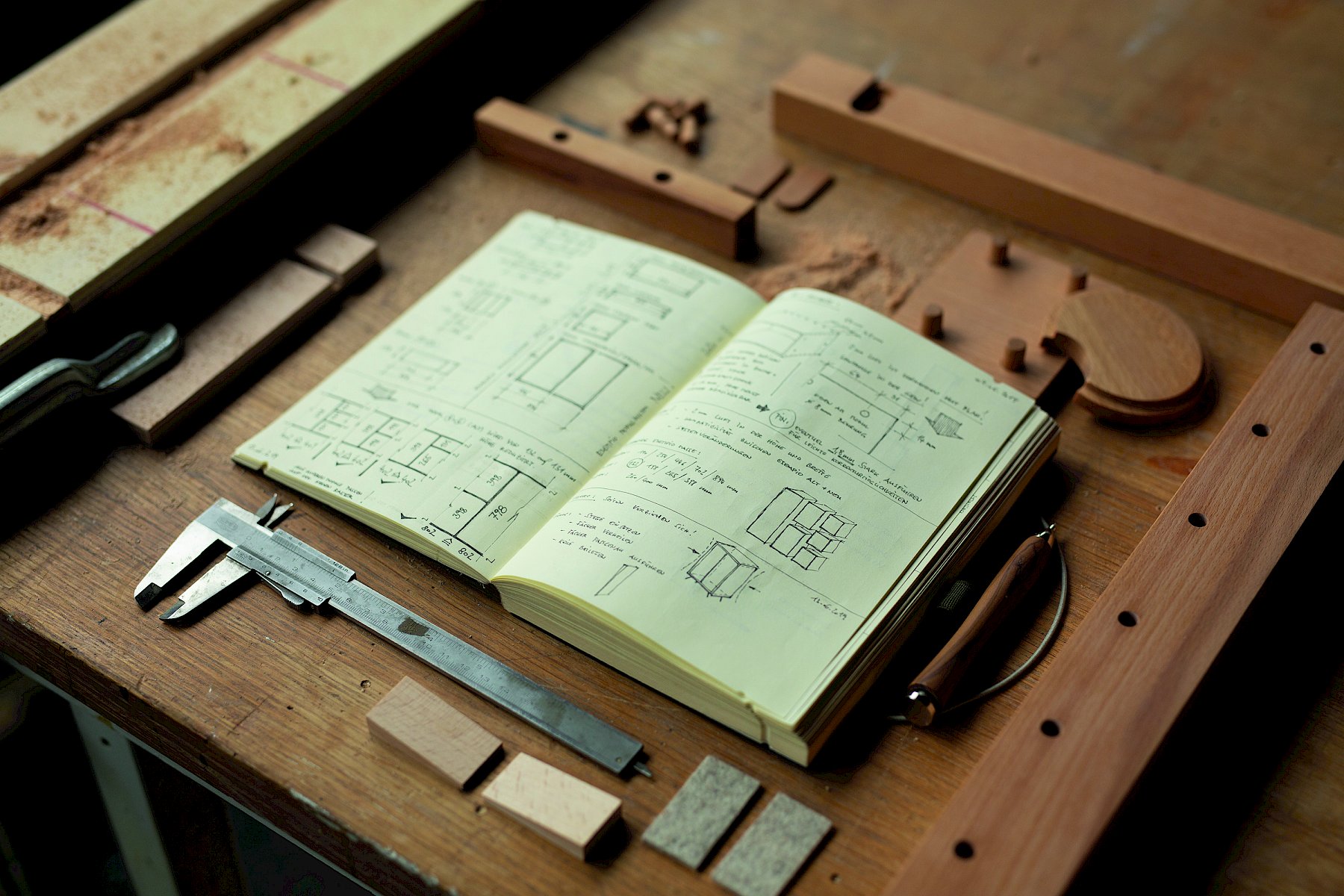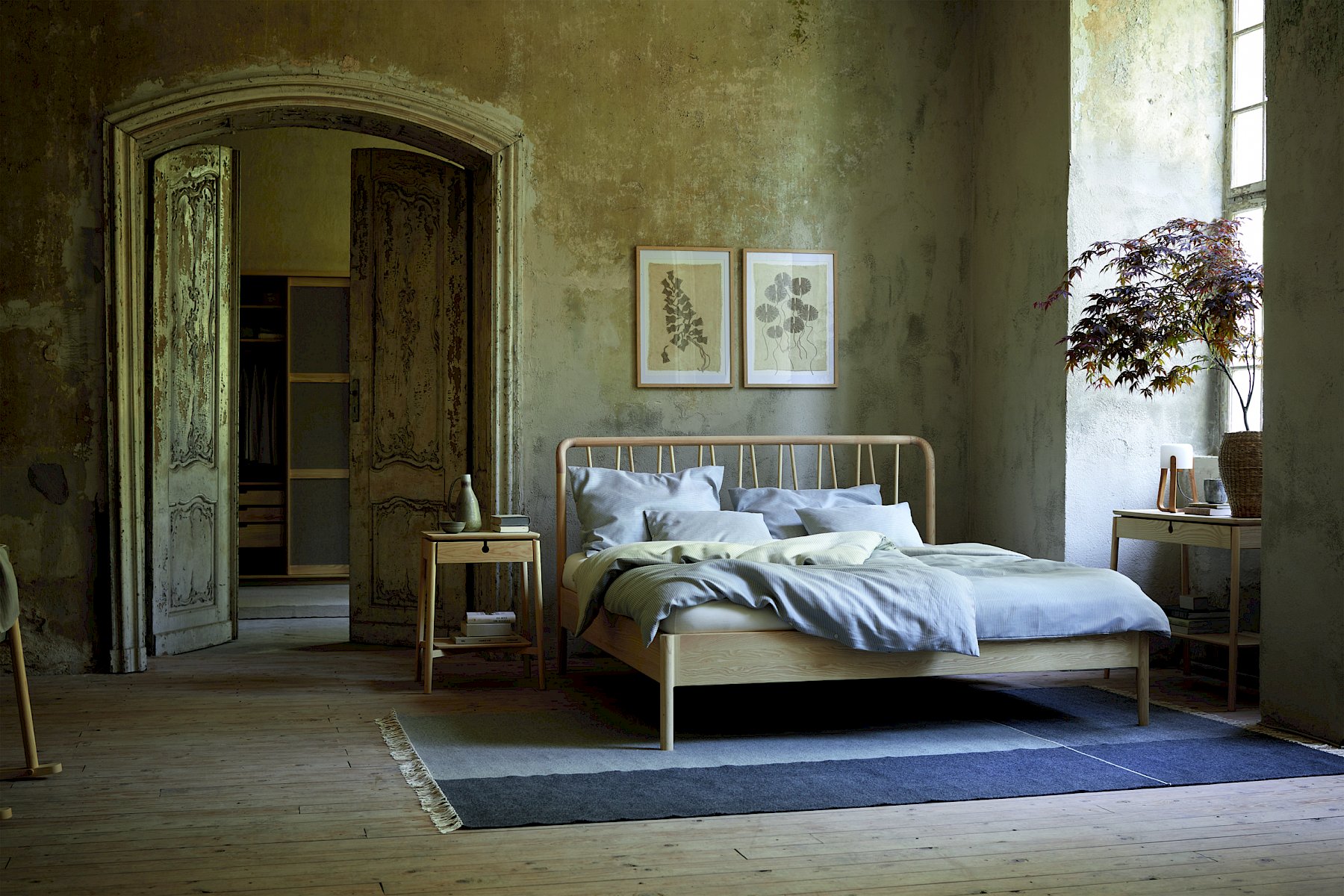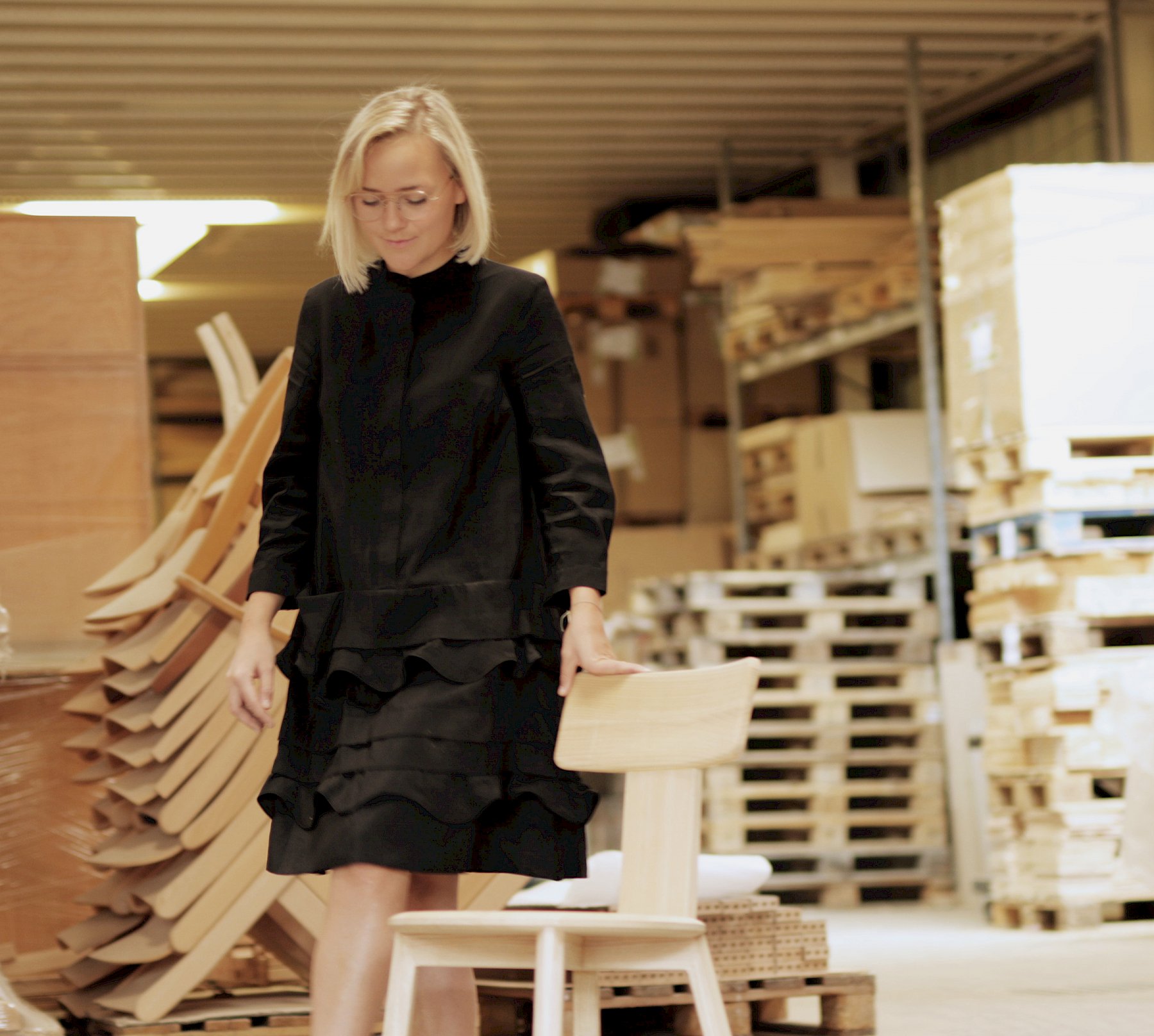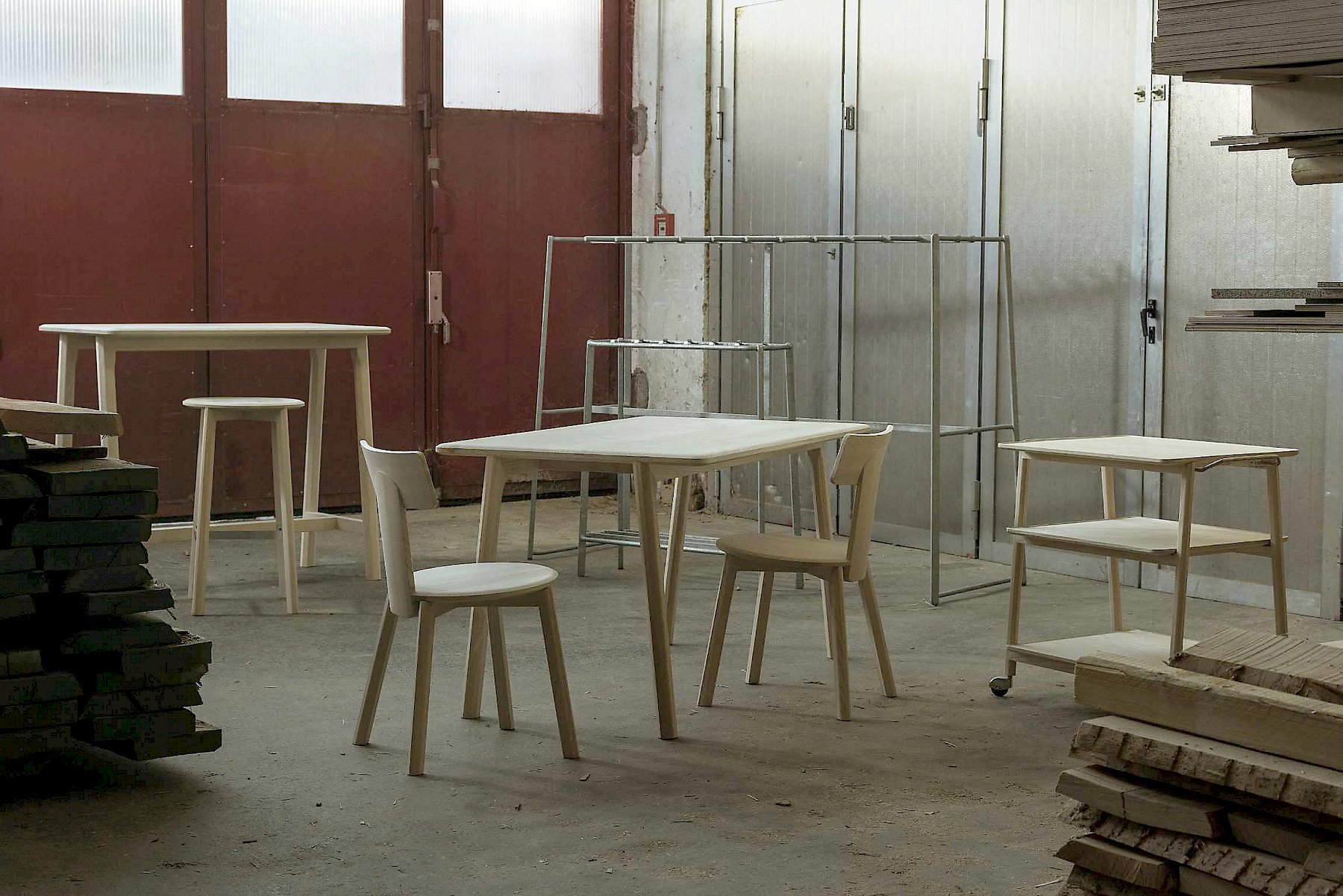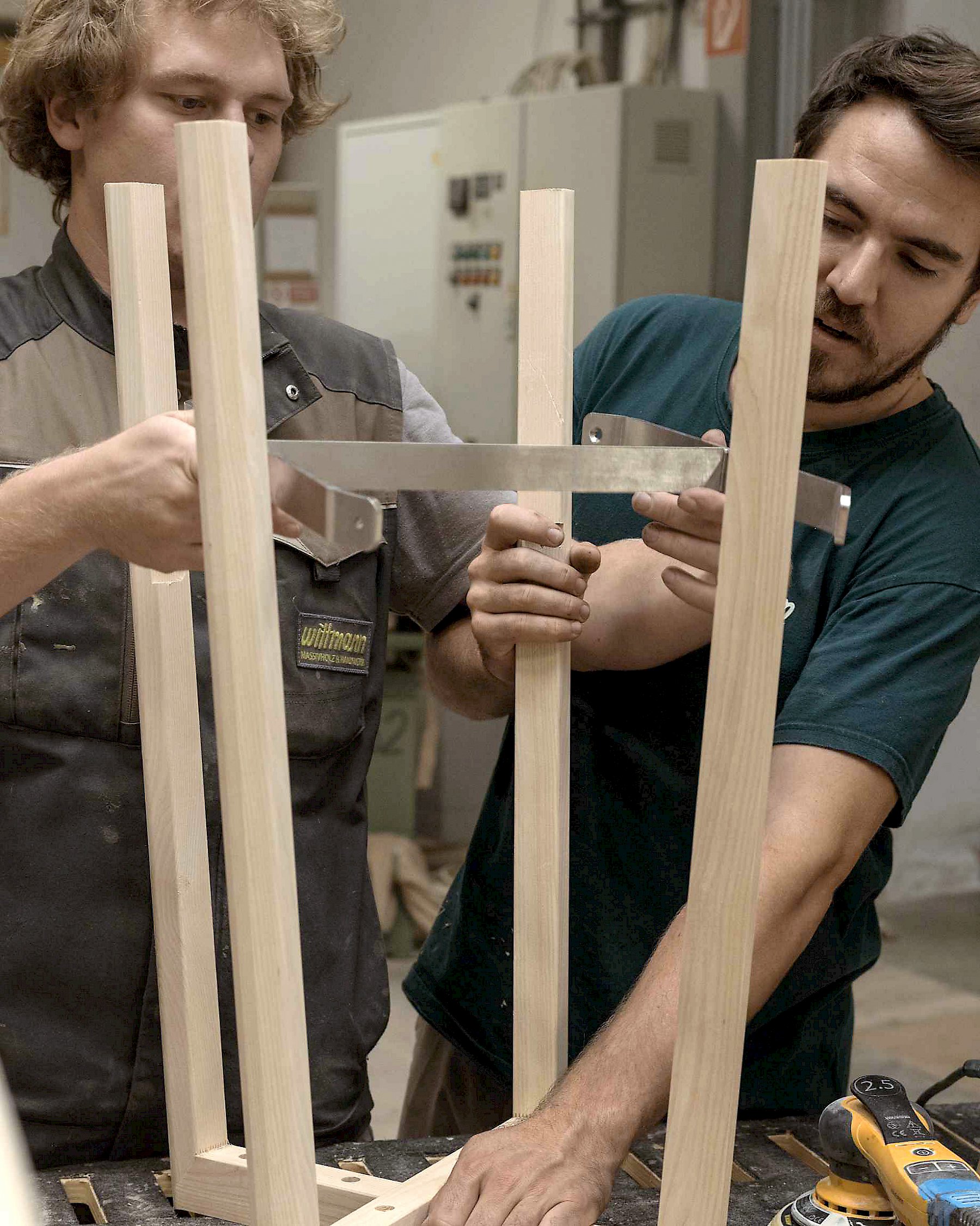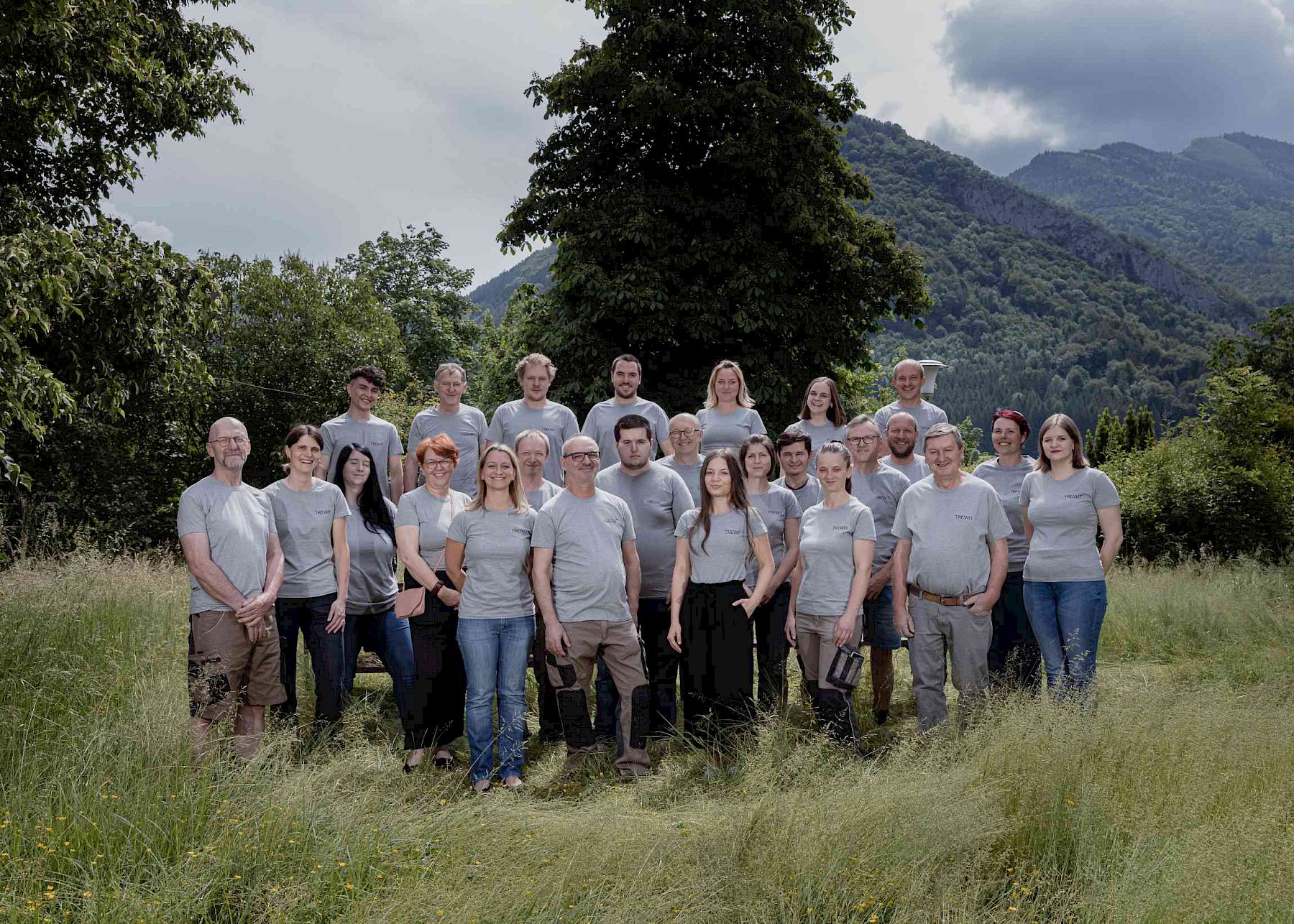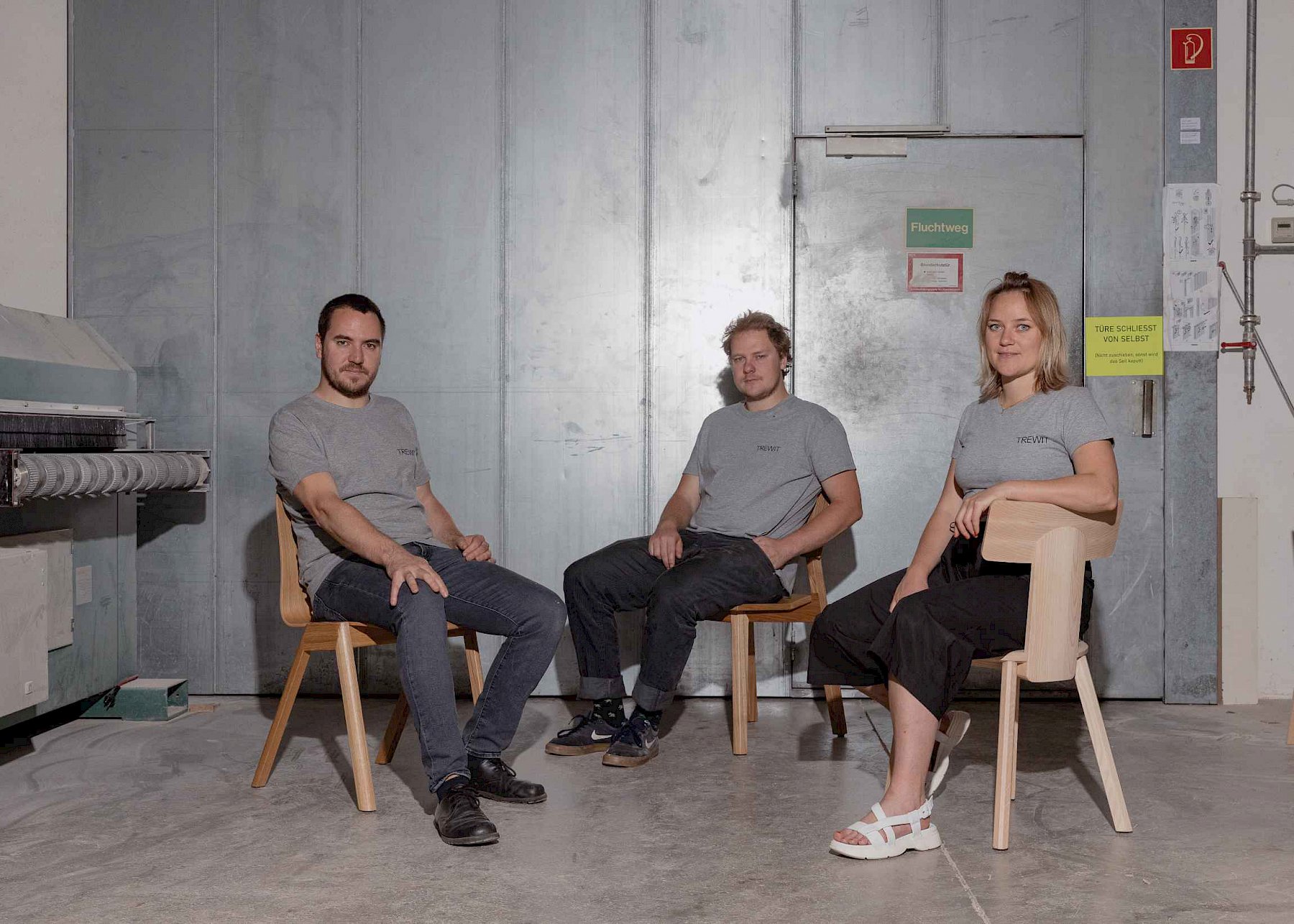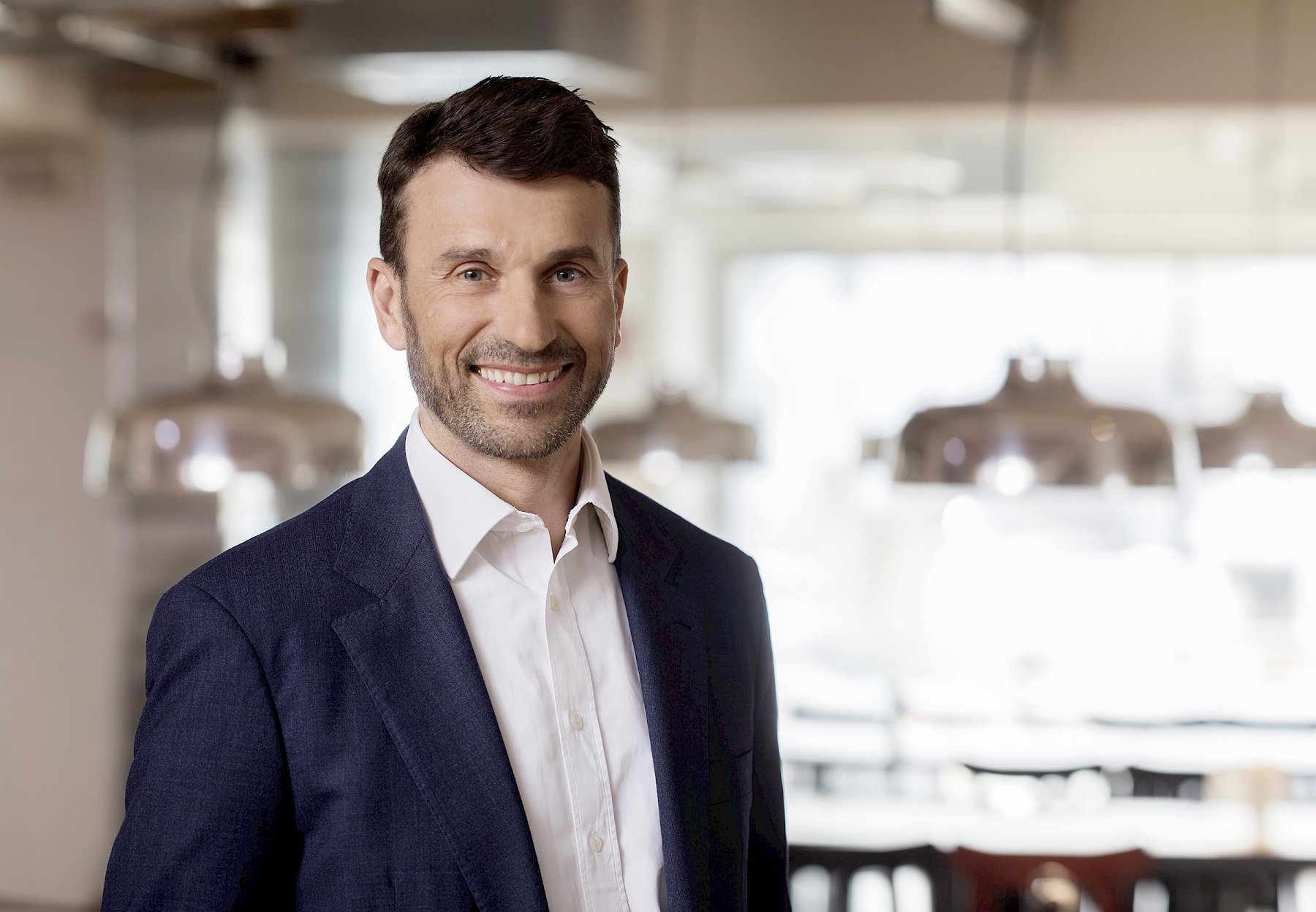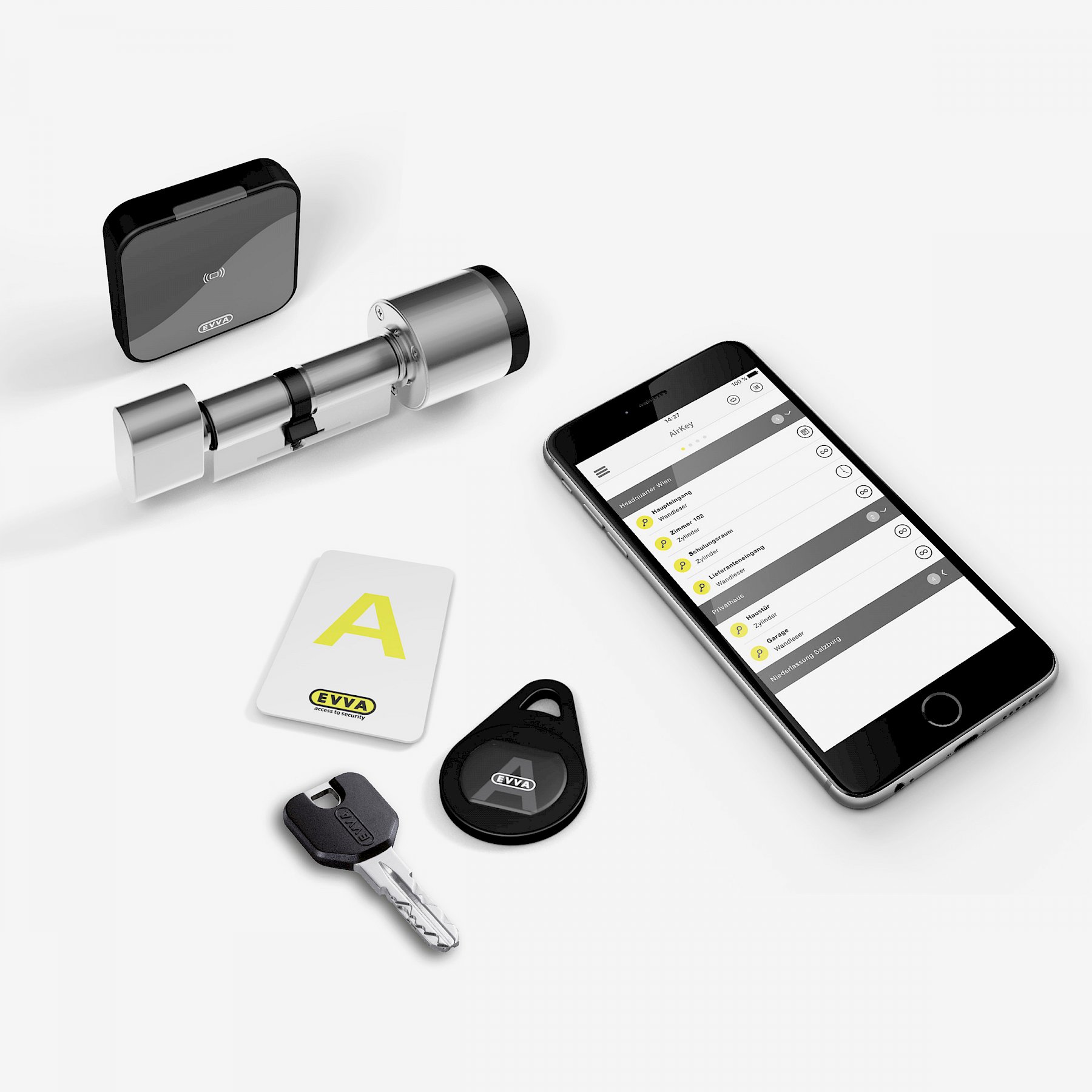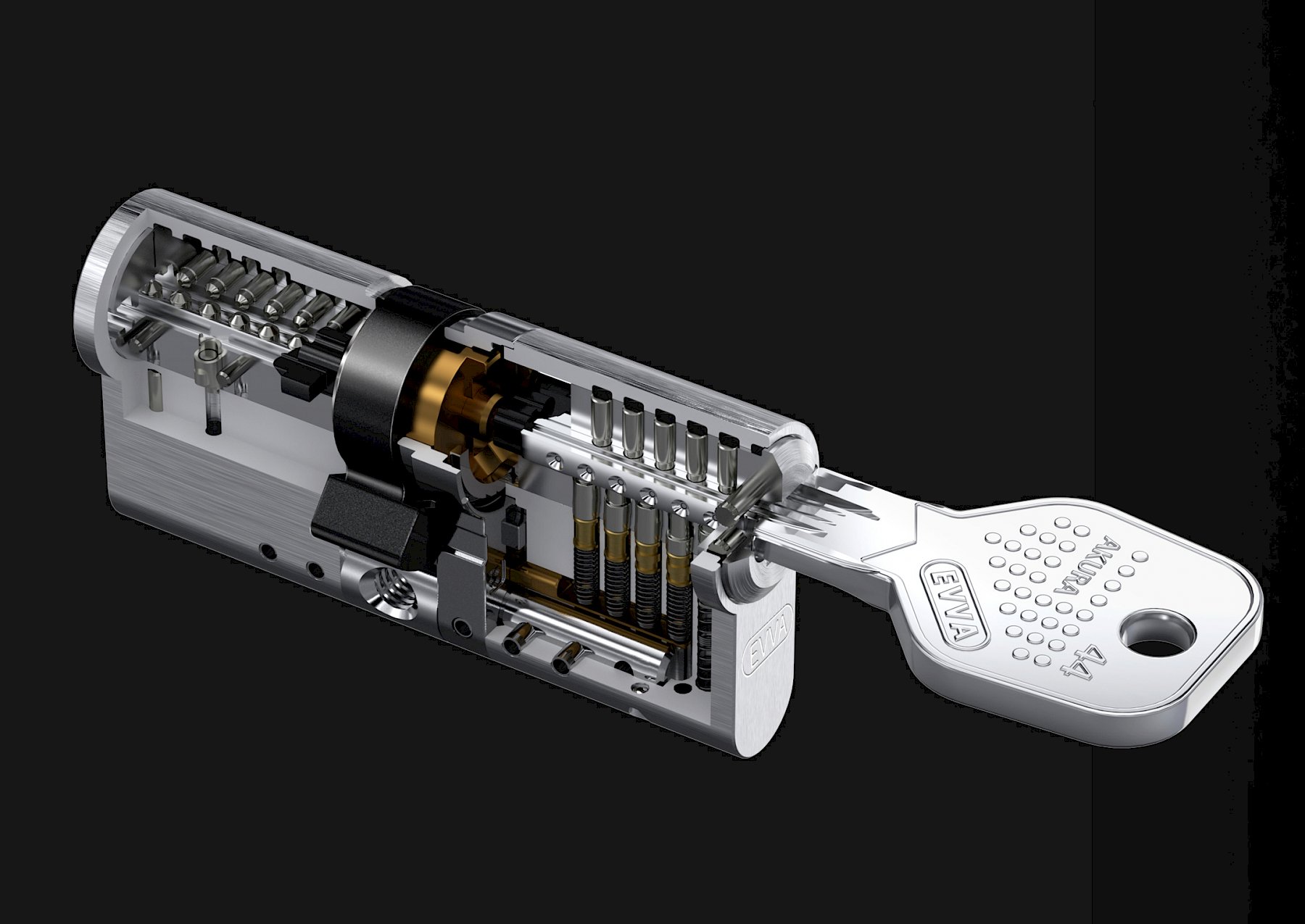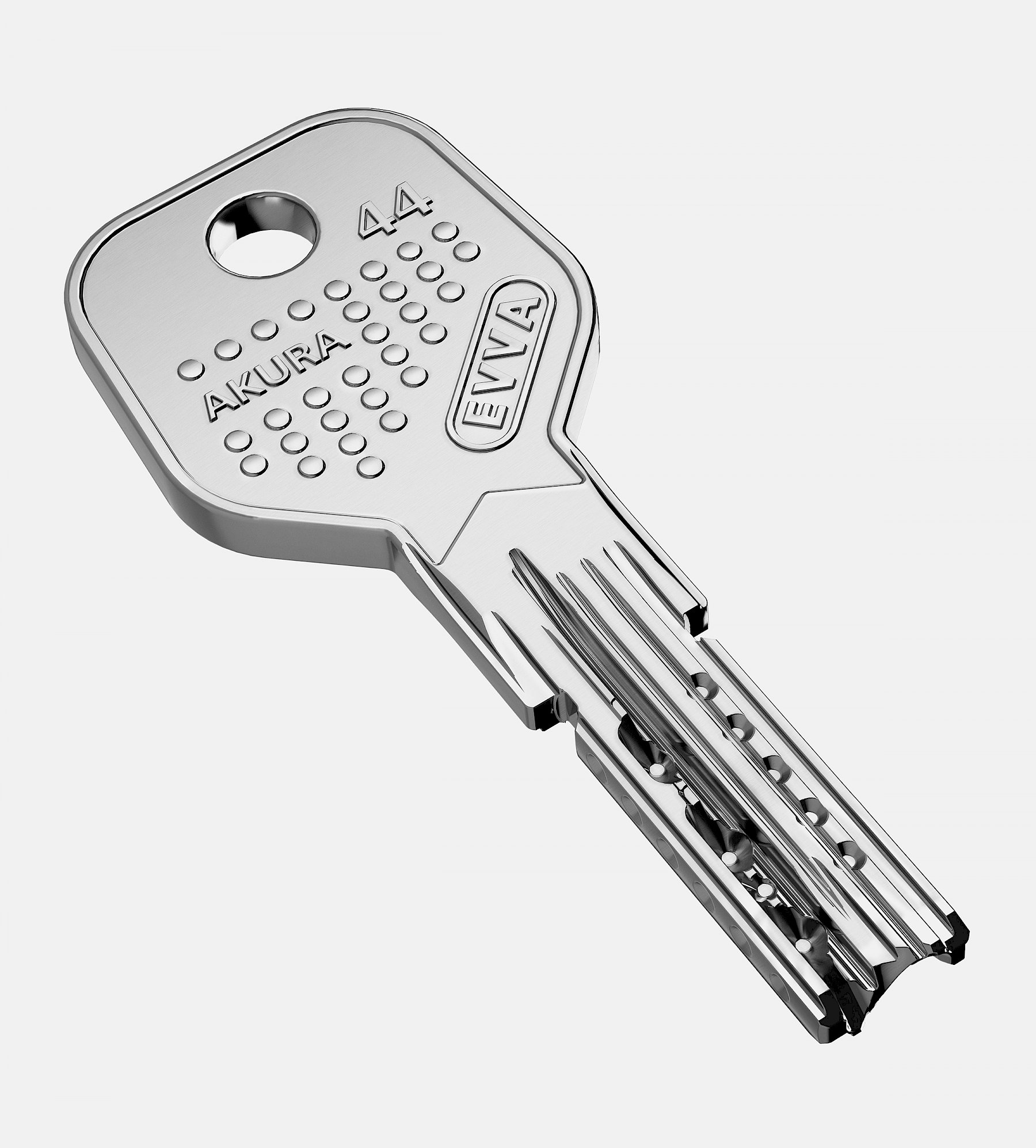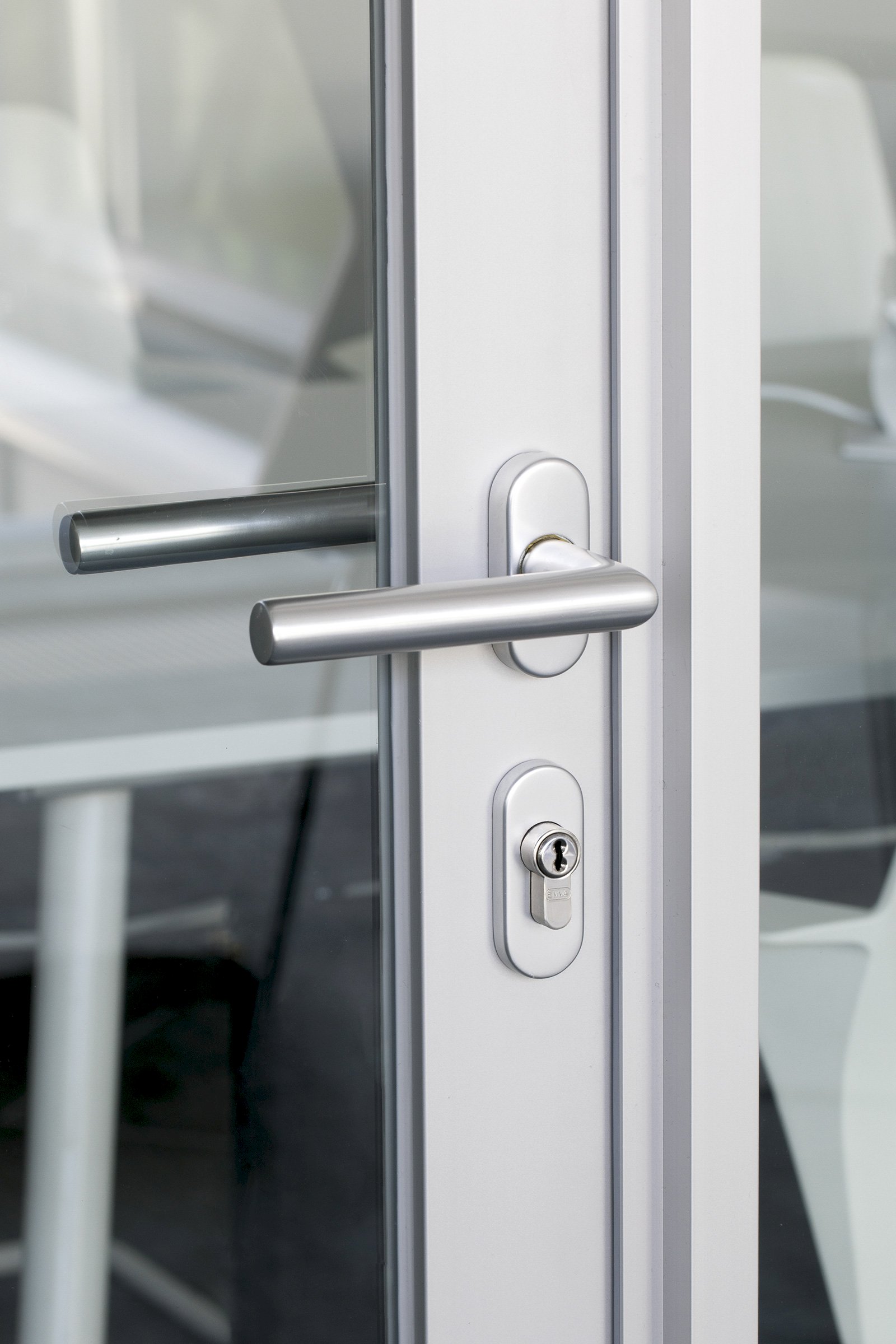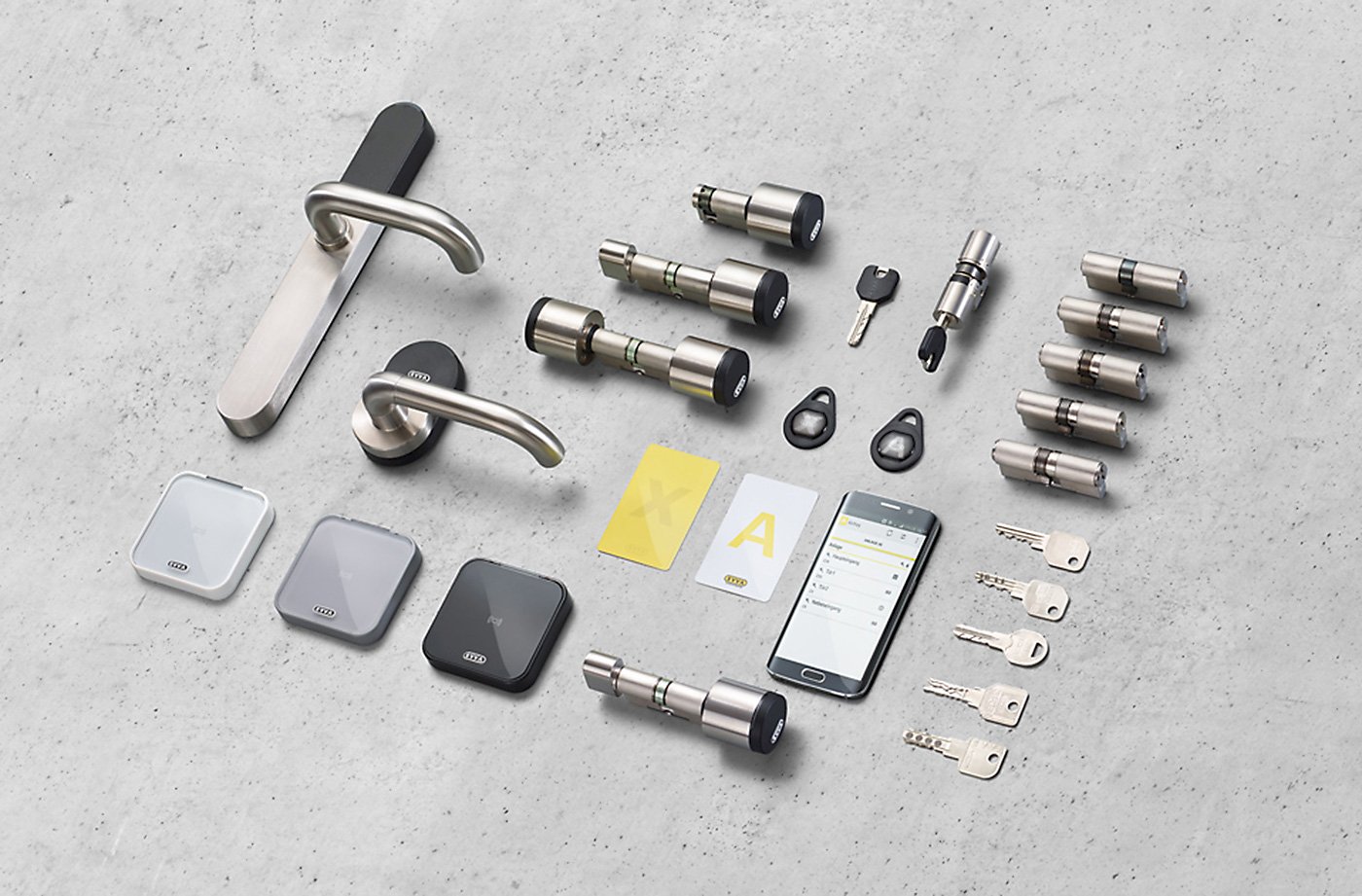SD: You have very high quality standards in terms of material and processing, which is done exclusively in Europe. What are the effects of the current price explosions on your production?
HT: We produce in Italy and source our upholstery from Slovenia. We still feel little of the price explosion. It may be that something is reflected in the transport costs, but otherwise we are not yet affected by it.
SD: What are your short-term and long-term plans for the future?
HT: We have to grow and we want to open up more. This includes that we will set up showrooms, also in connection with cafés. We want to show that our products work and are suitable for project business.
SD: What criteria do you use to select partners for your contemporary designs, or do opportunities just fly to you?
HT: We have different approaches, but yes, the contacts often come from our direct or extended environment, such as the current collaboration with the designer Magdalena Casadei.
SD: Could you describe which developments in contemporary design you find exciting at the moment? In layman‘s terms, it is sometimes hard to imagine that another chair is needed when there are already so many models.
HT: TYP is geared more towards the lifestyle market than developing new furniture. However, we don‘t necessarily want to be trendy, but also like to look in the opposite direction to most of our competitors, even if that might sound arrogant.
SD: I don‘t think so, but can you be more specific? Is your anti-cyclical bias characterized by looking to the past, or are there other factors that drive you?
HT: I think it‘s a mix. First and foremost we ask ourselves why produce new designs when there are so many perfect old designs that have never been produced. That‘s the case with Diekmann, for example, and then there‘s the other approach, like with Klemens Schillinger: We had an idea about a chair into a certain direction and when we happened to see it in a gallery, it was clear that it would fit well into our collection. We don‘t look strategically into the future, instead cultivate that impulsive approach that allows us to combine things. We see something and say: That‘s great. We do that.
